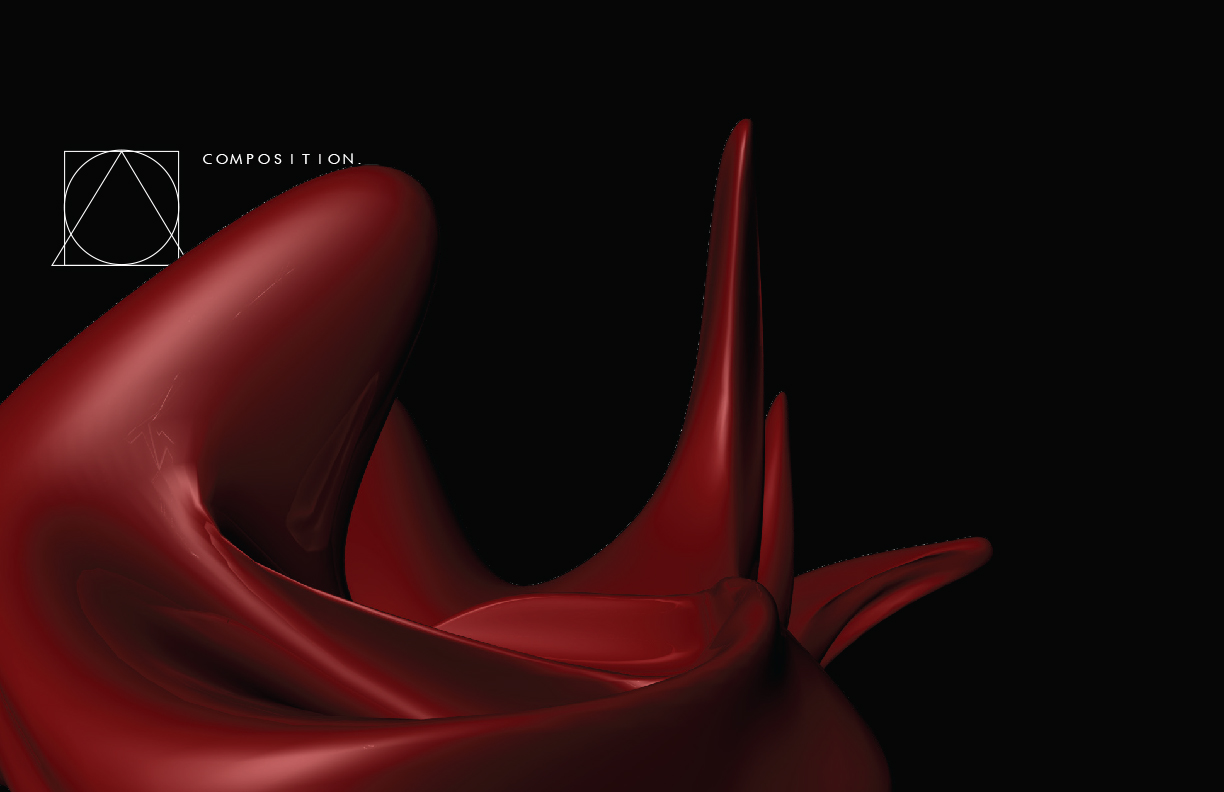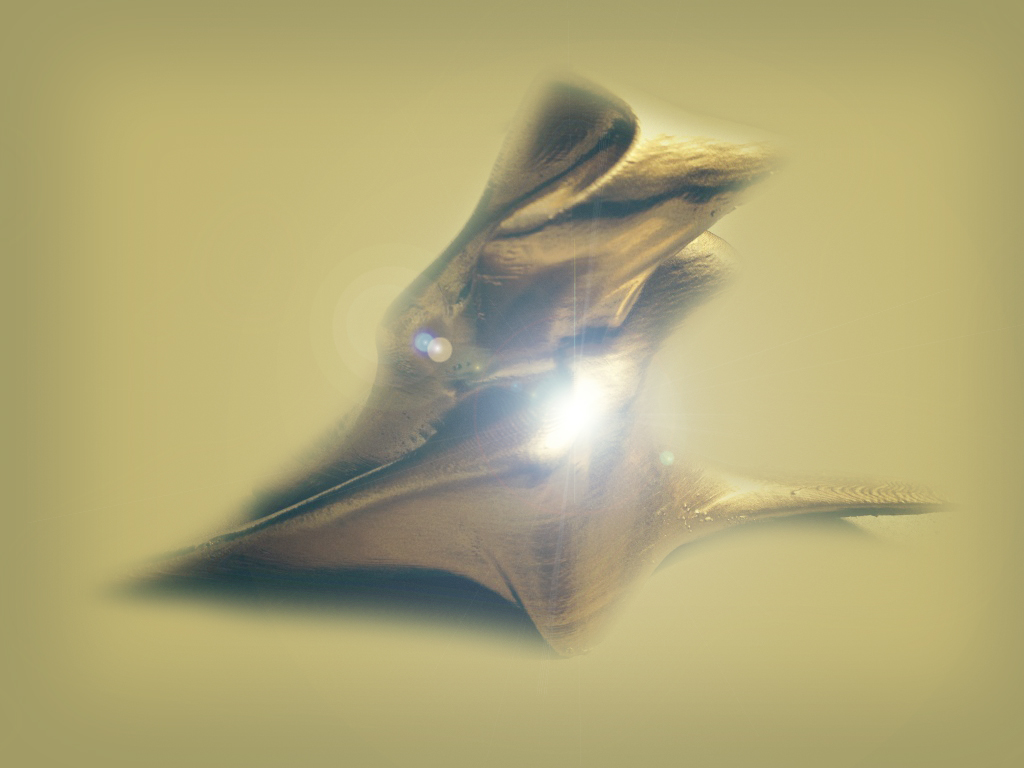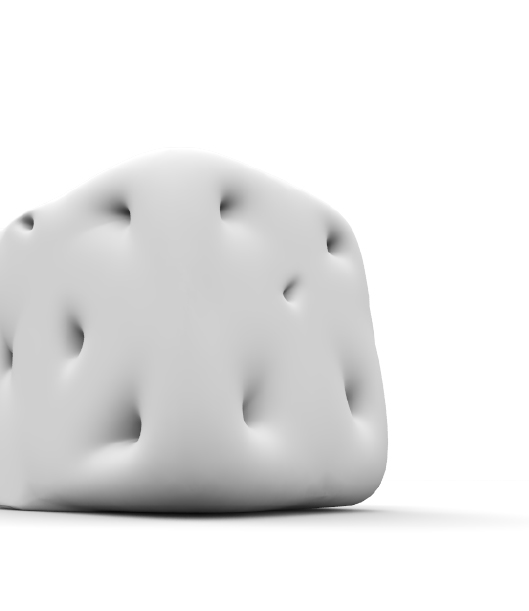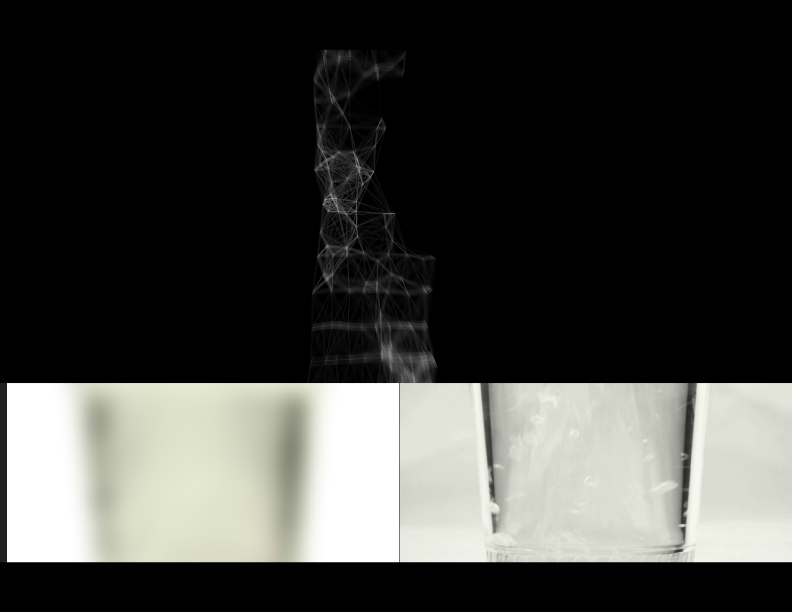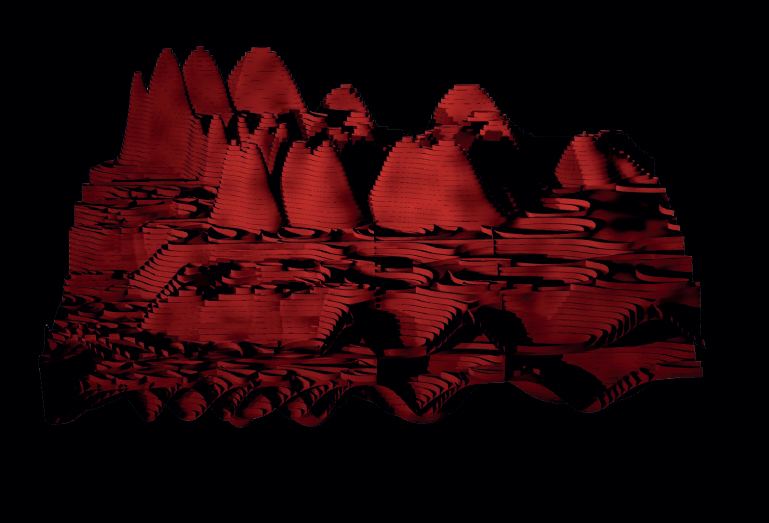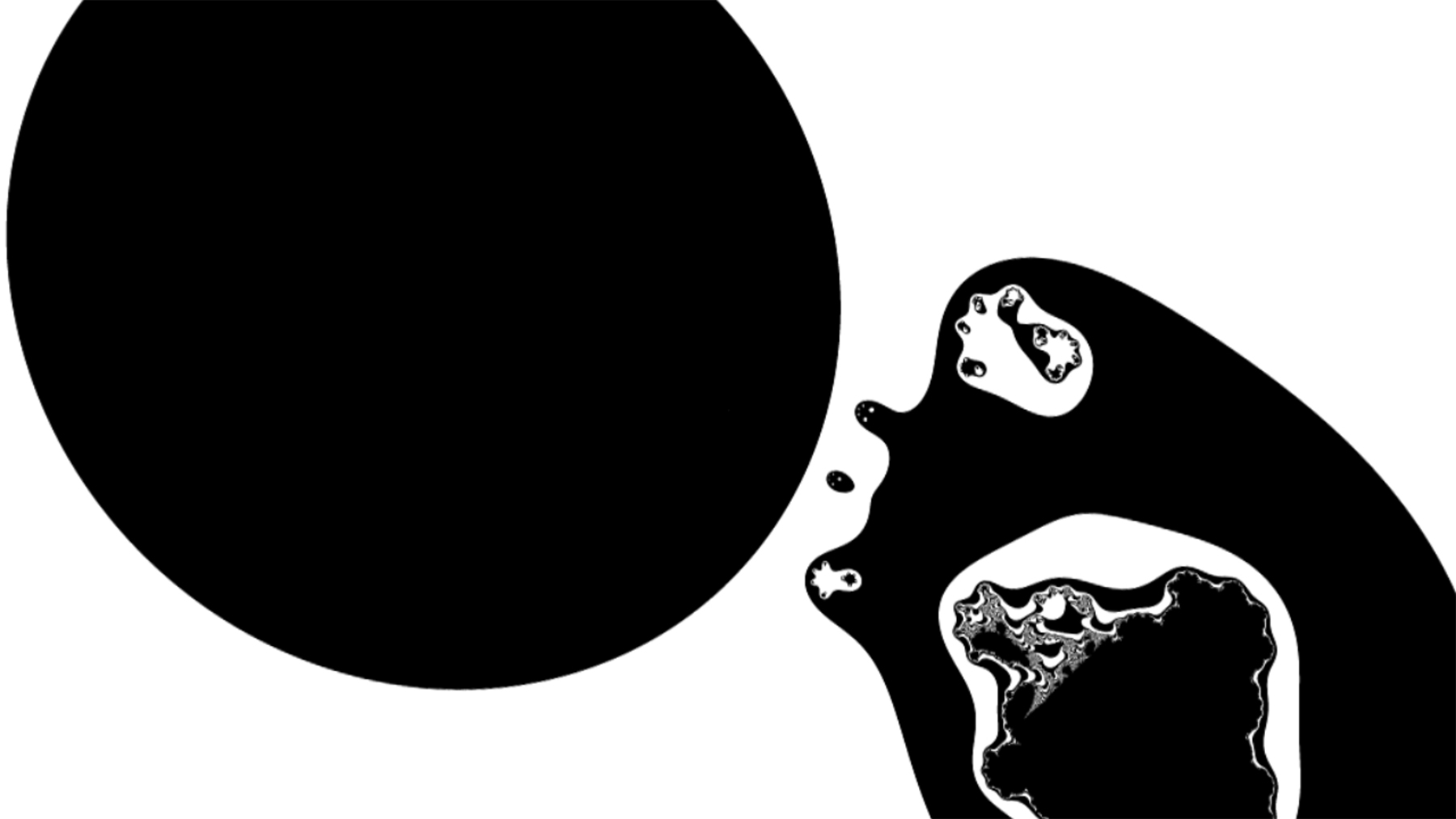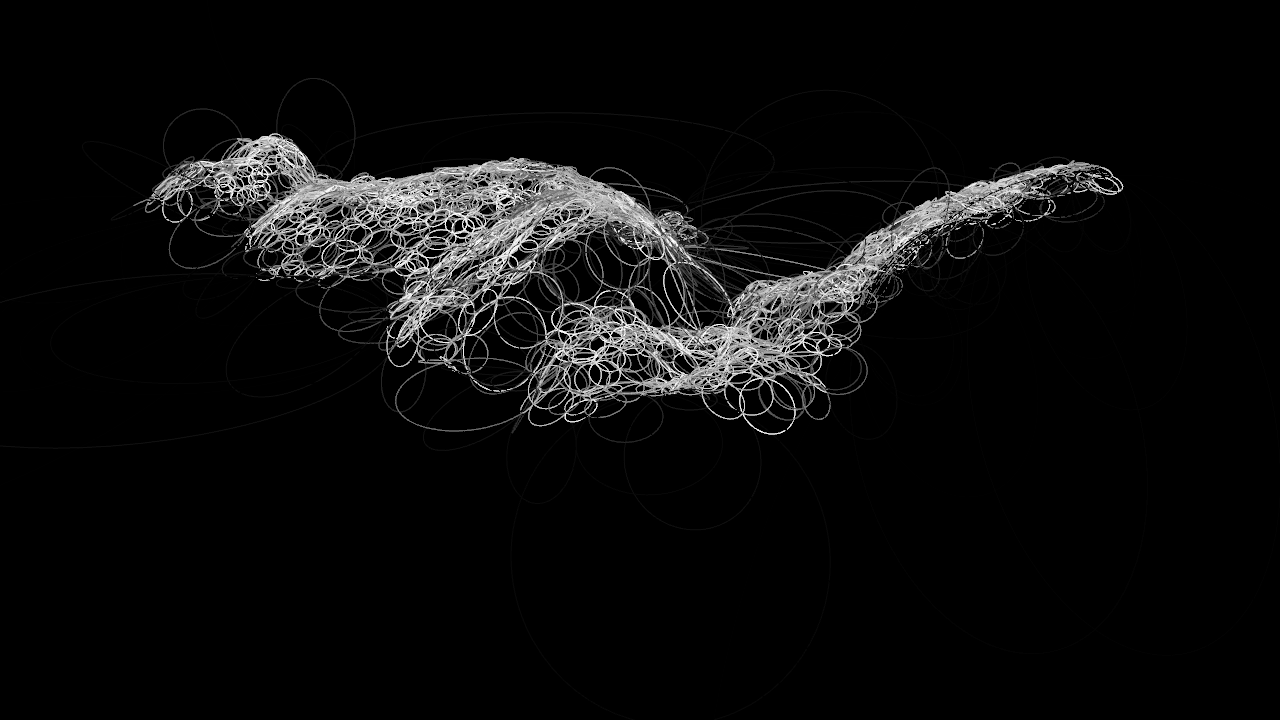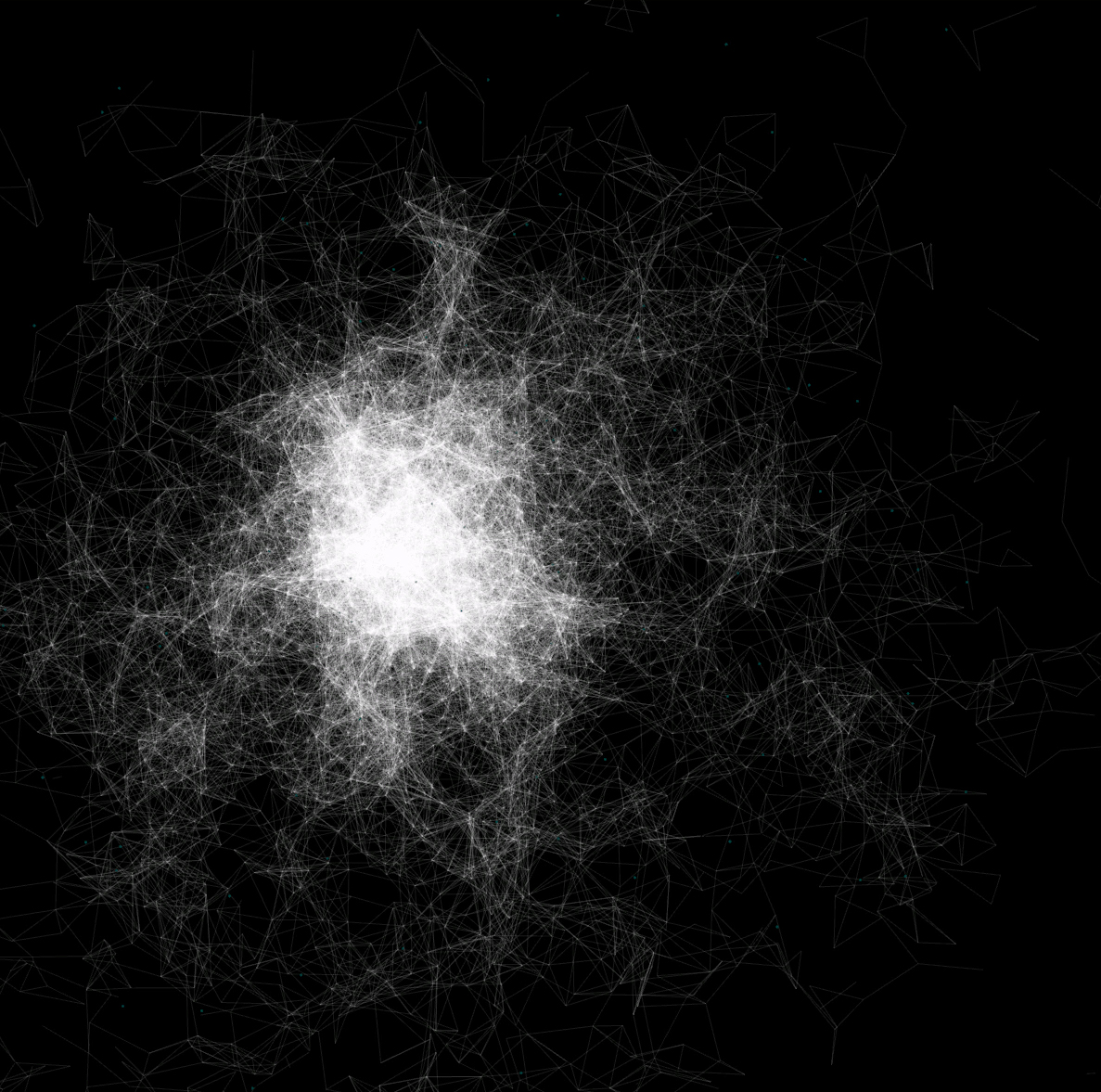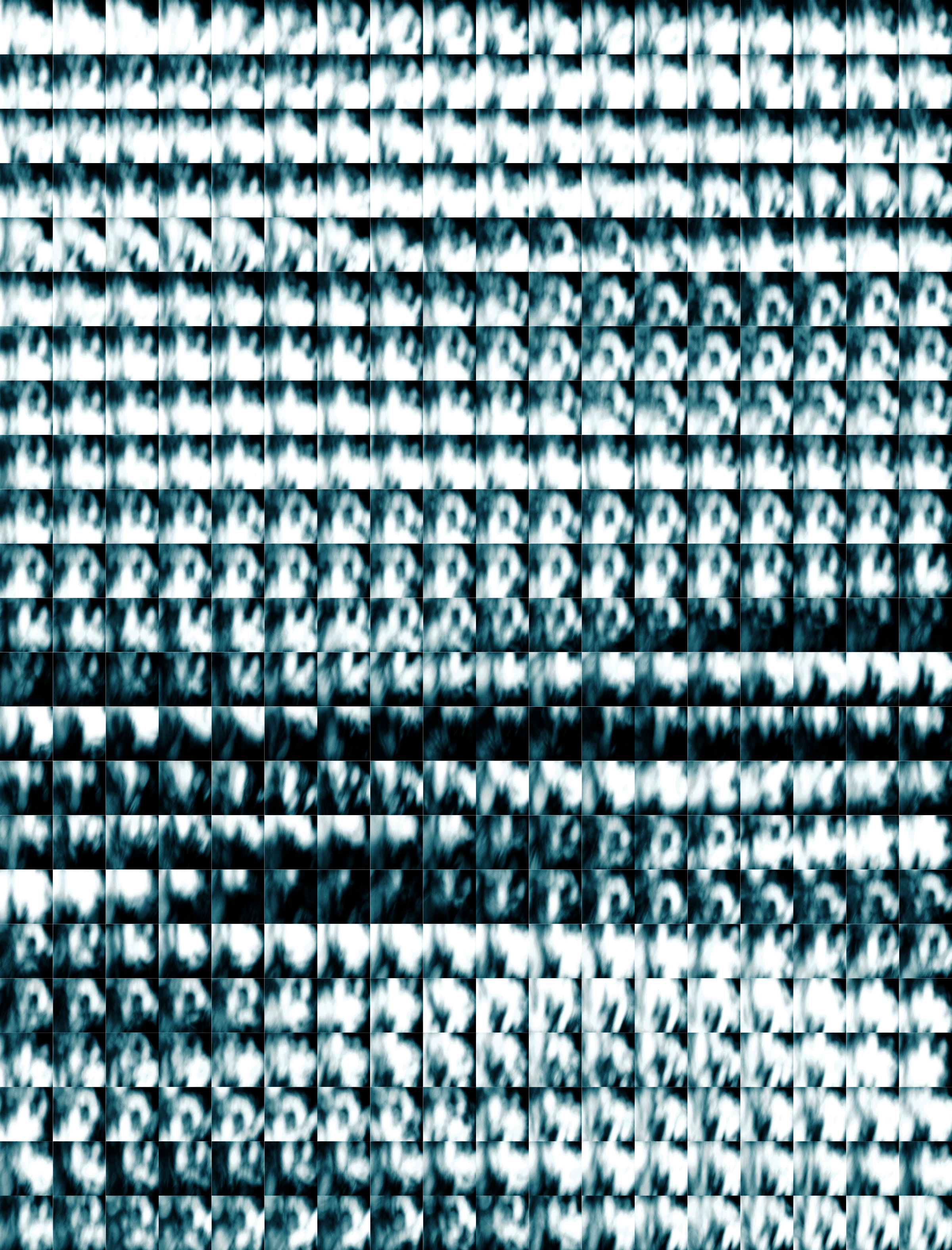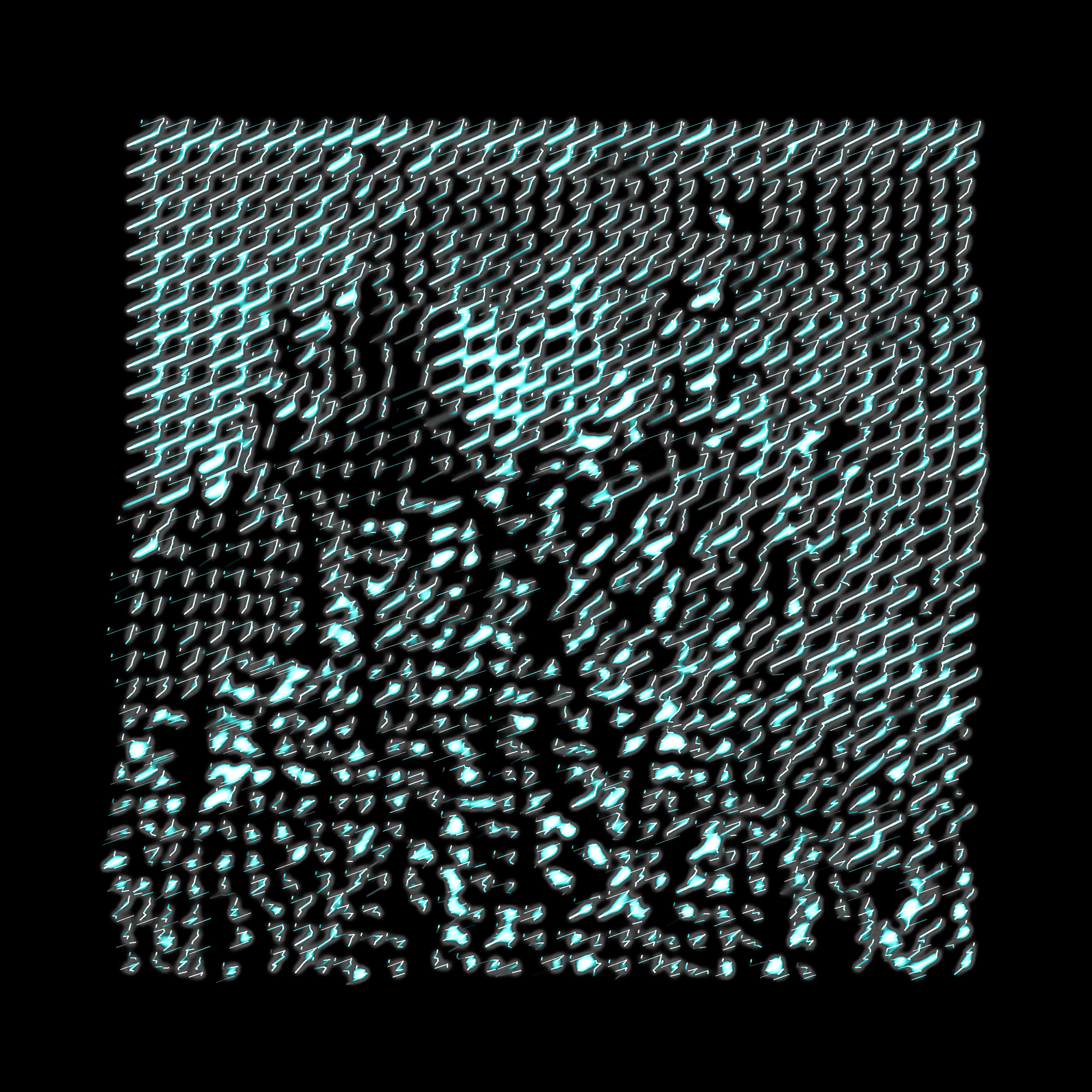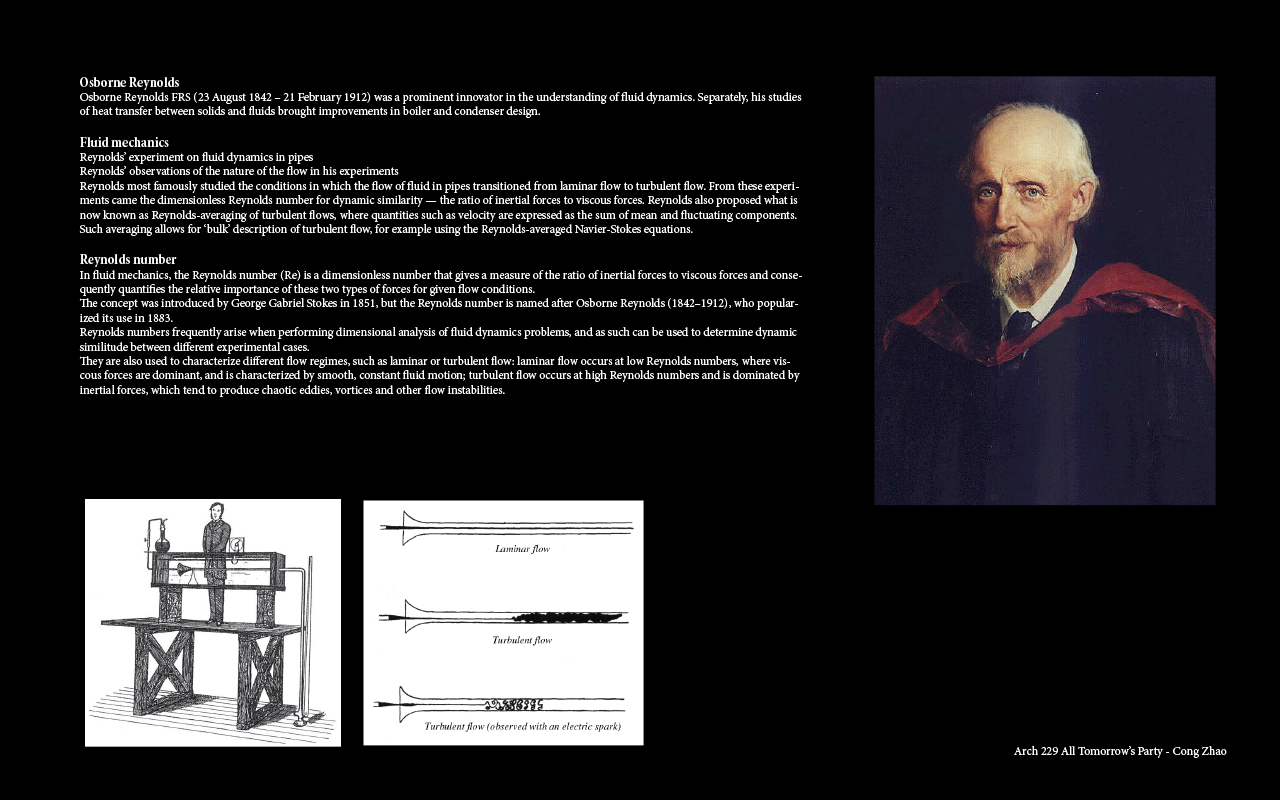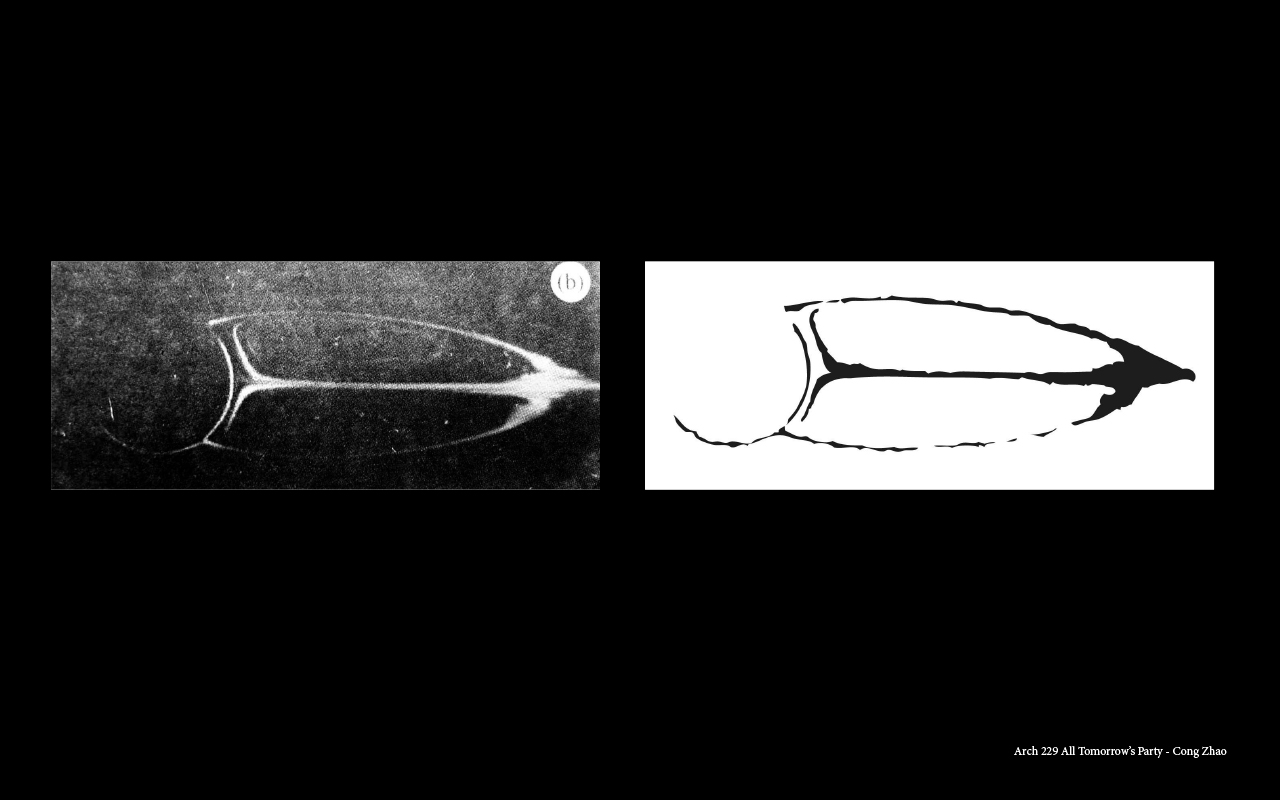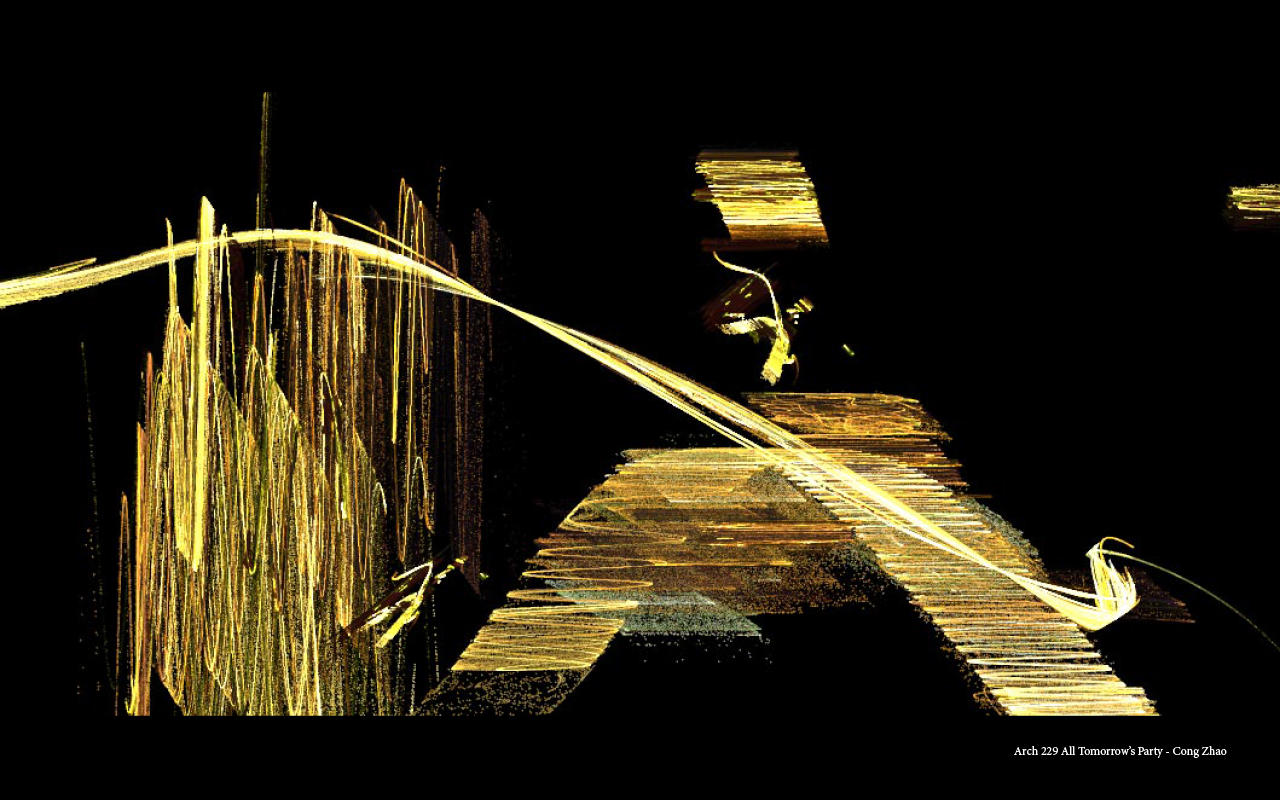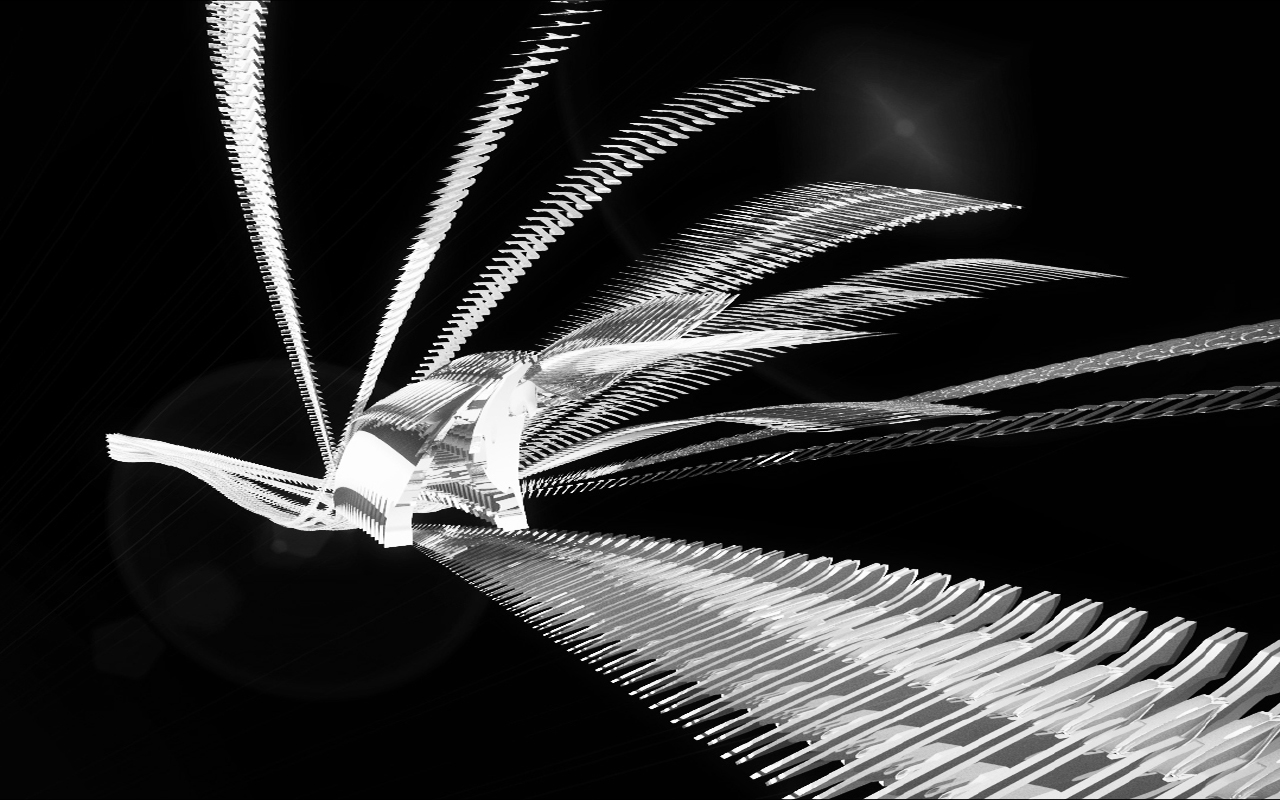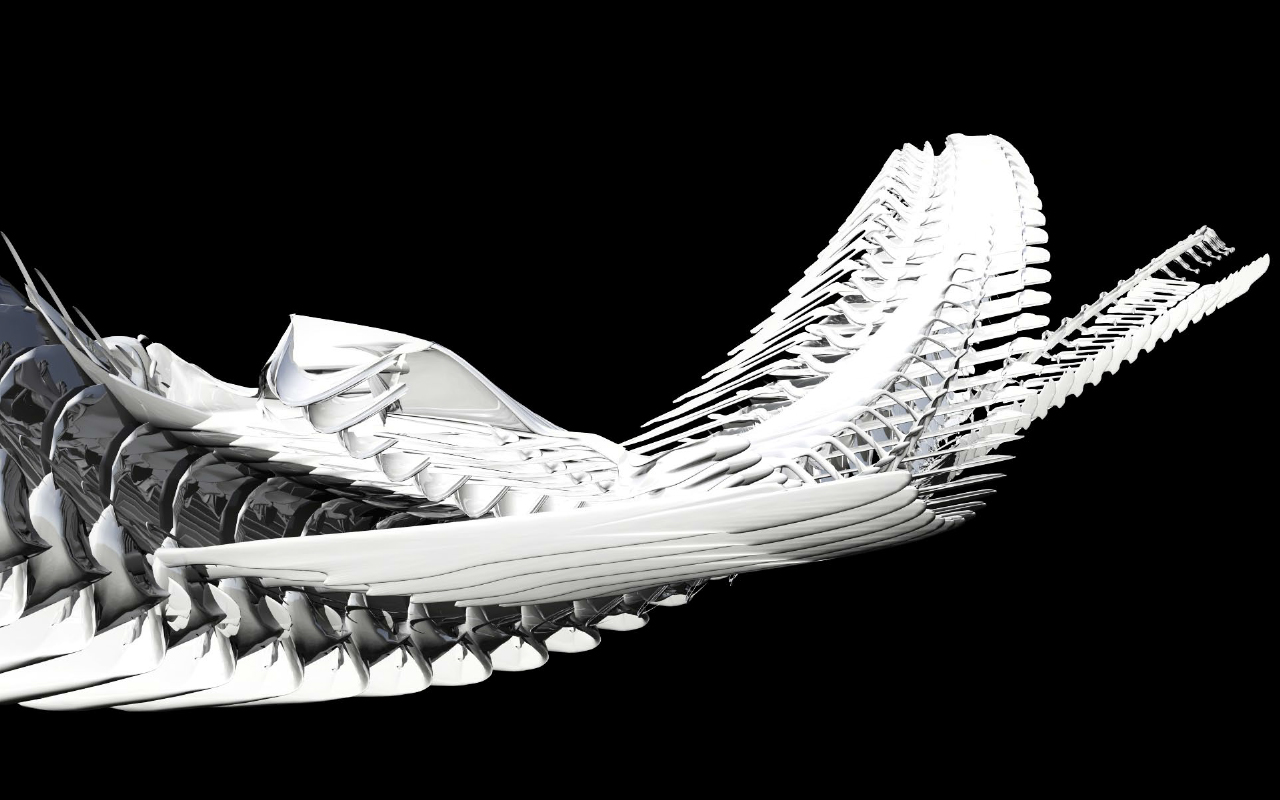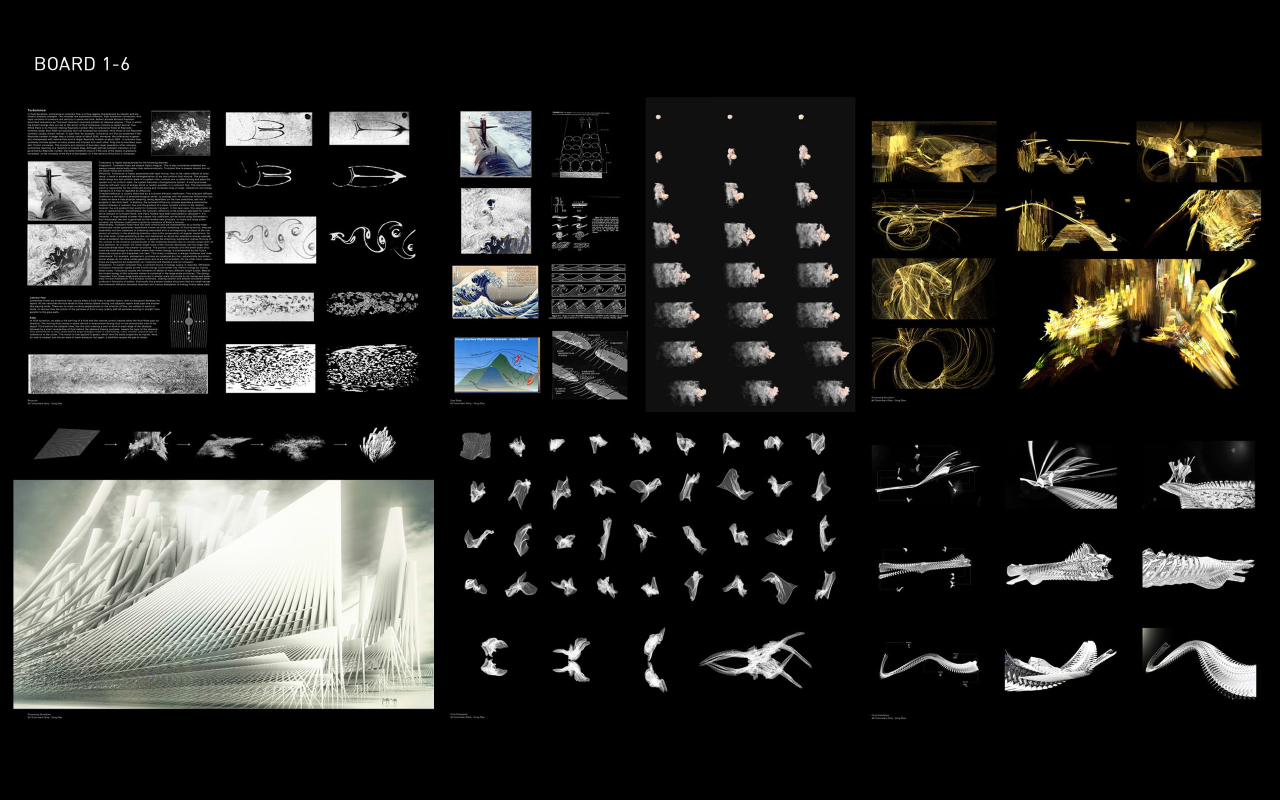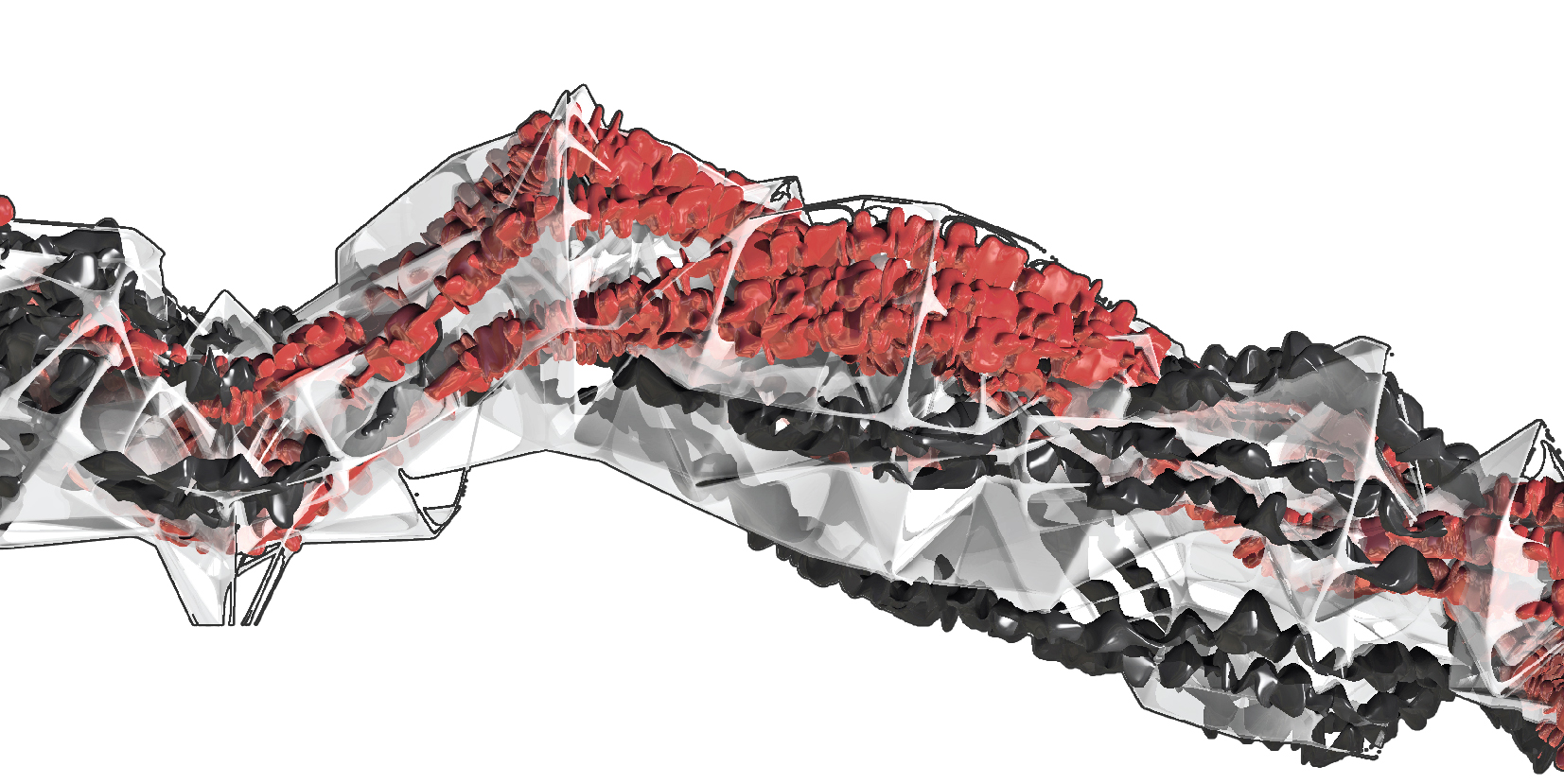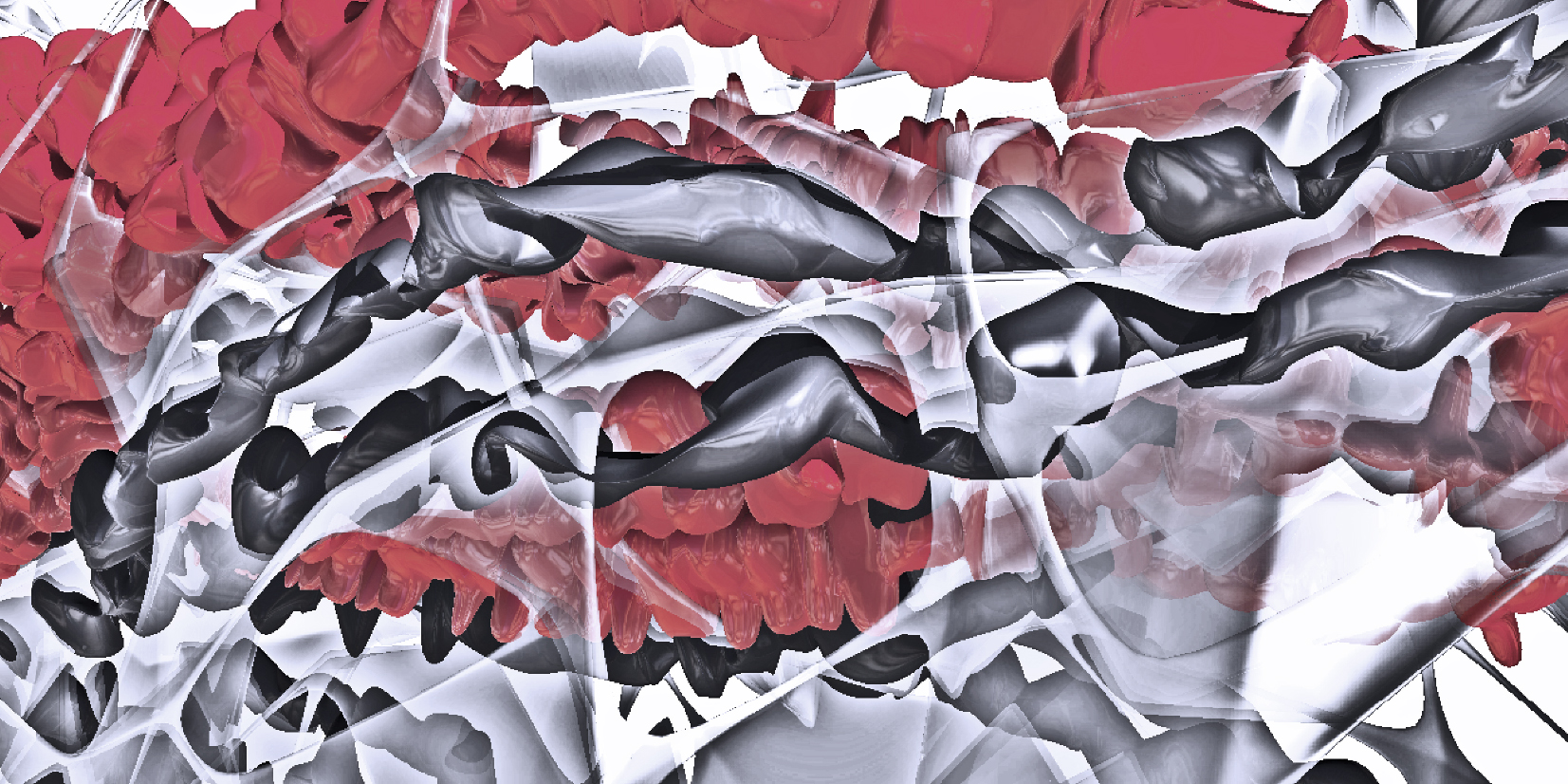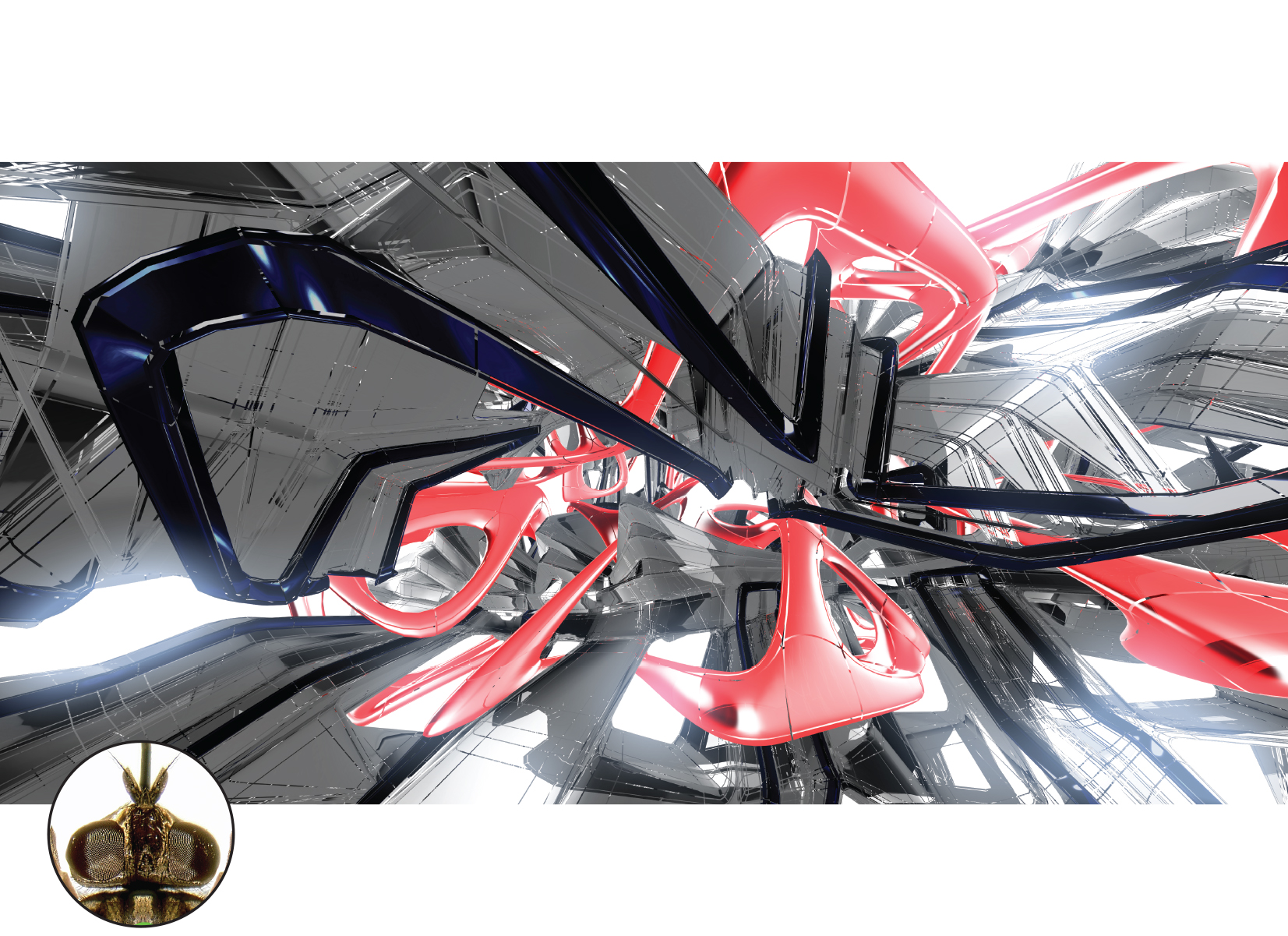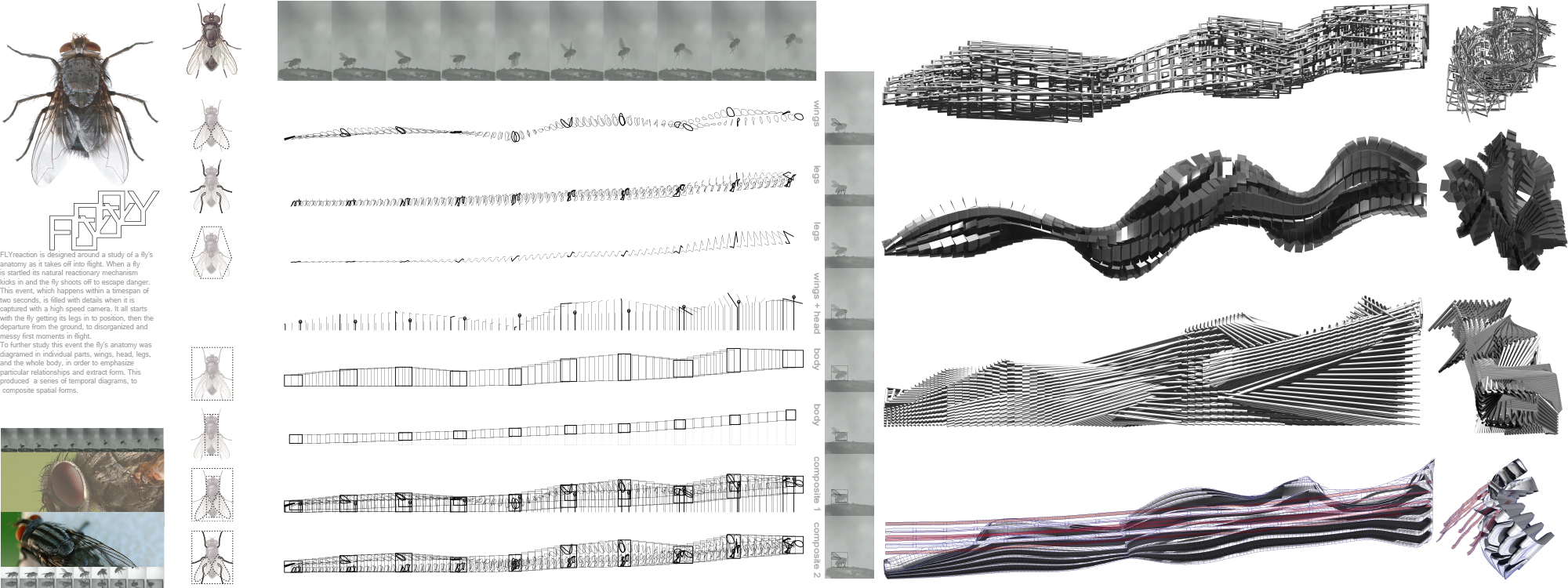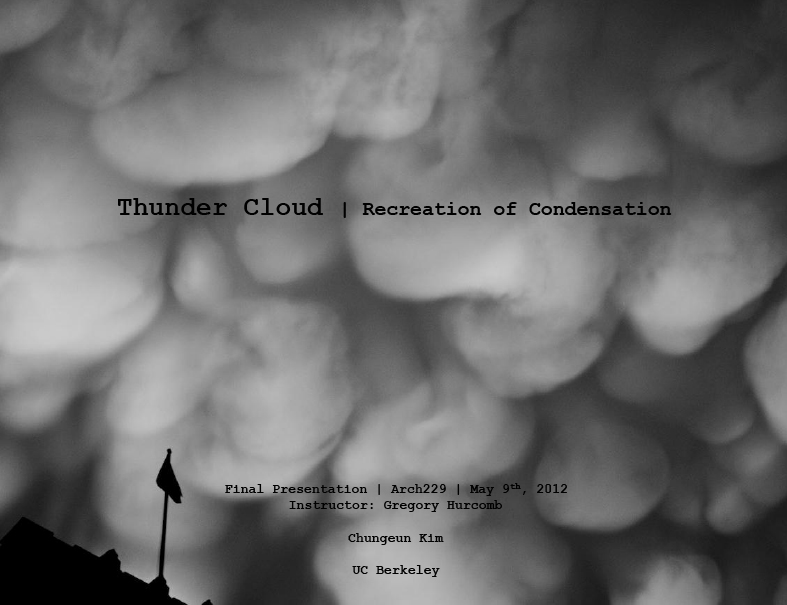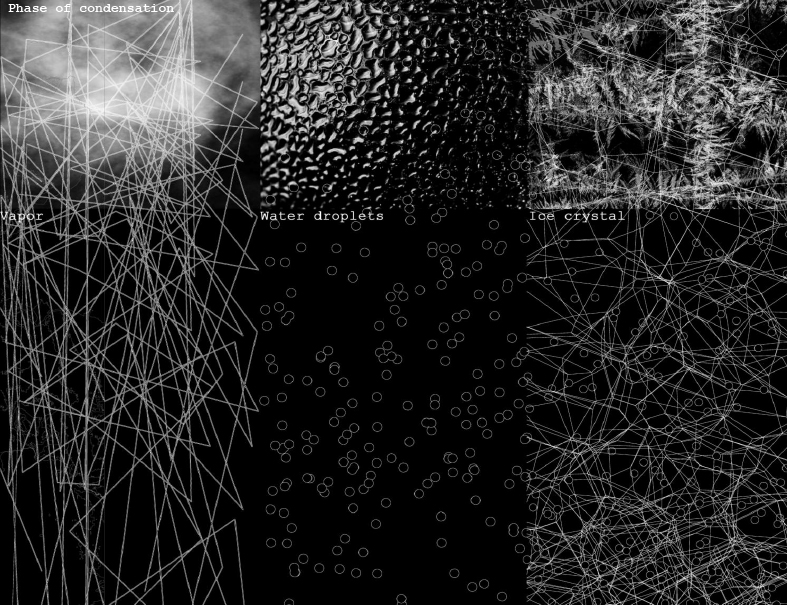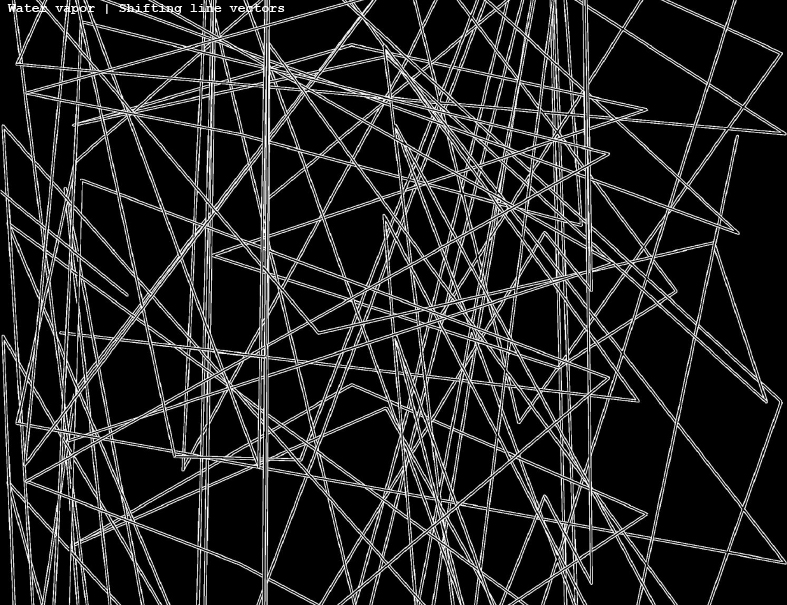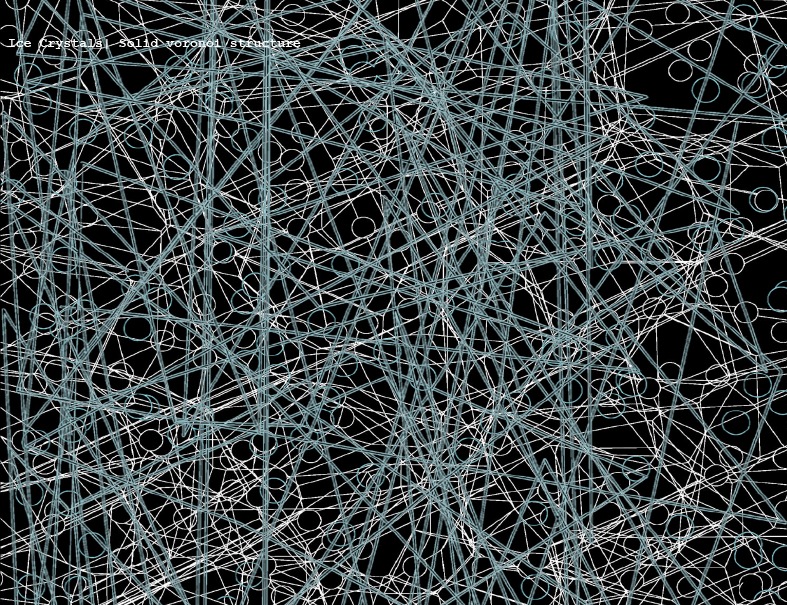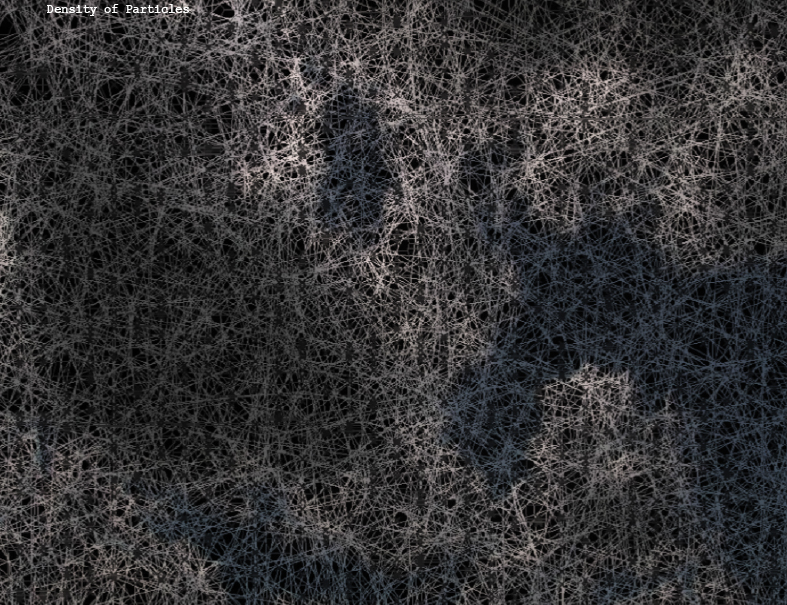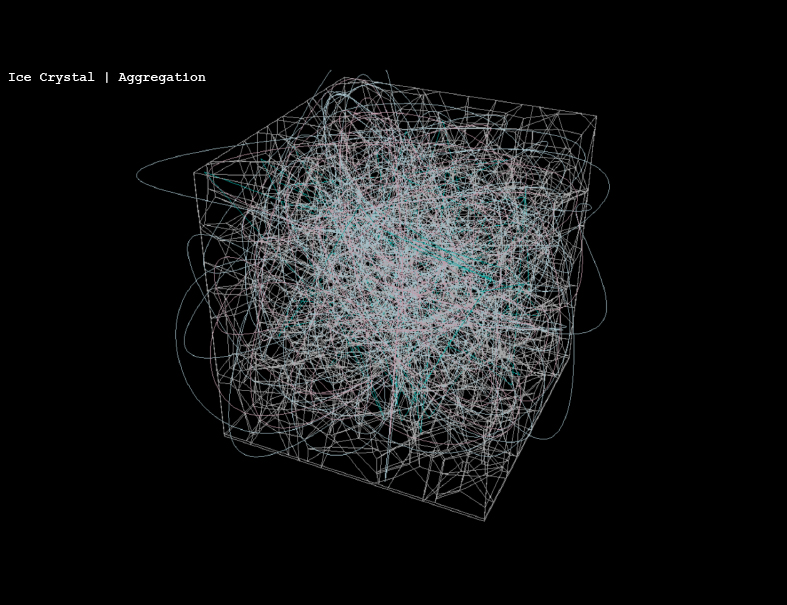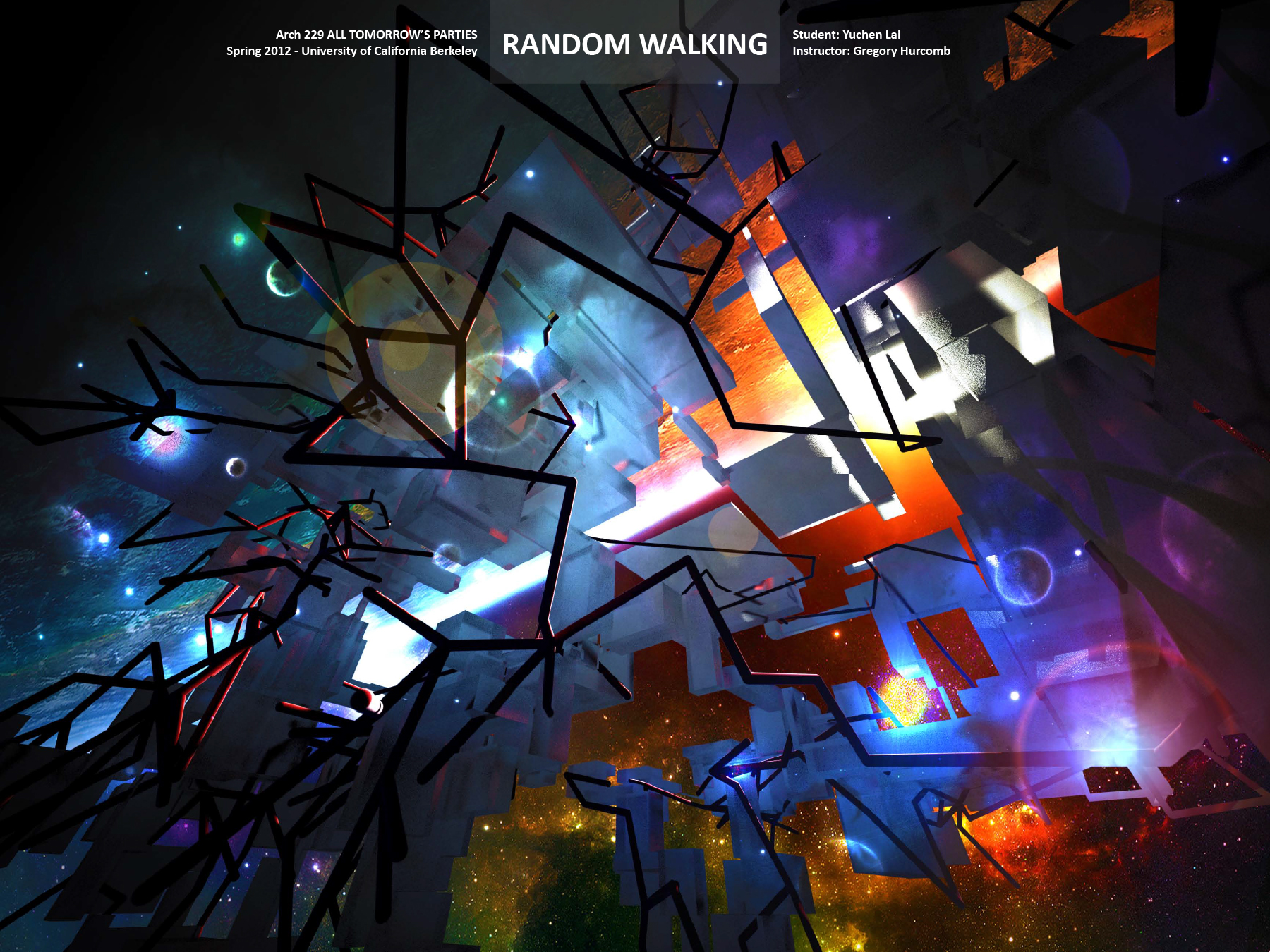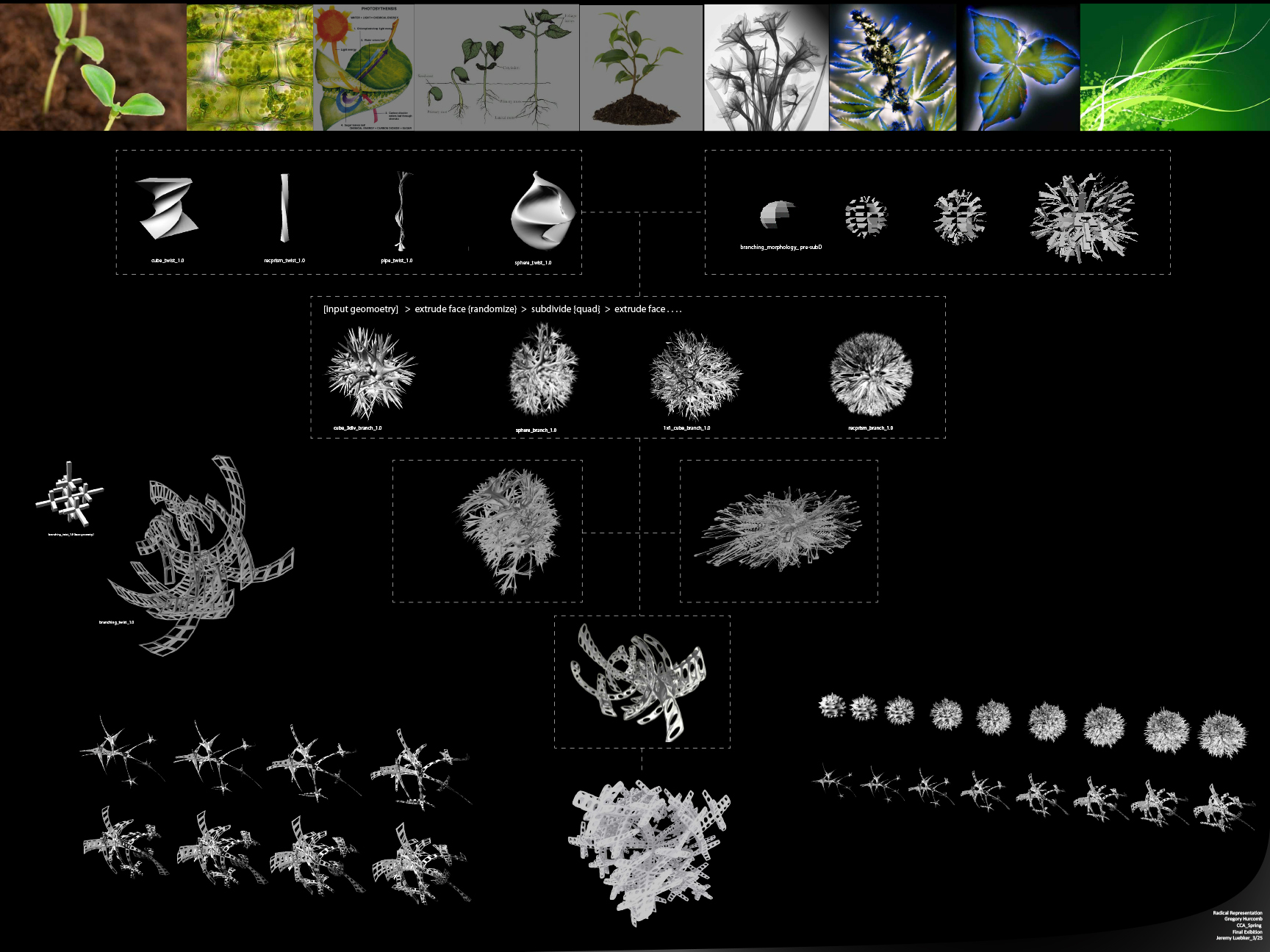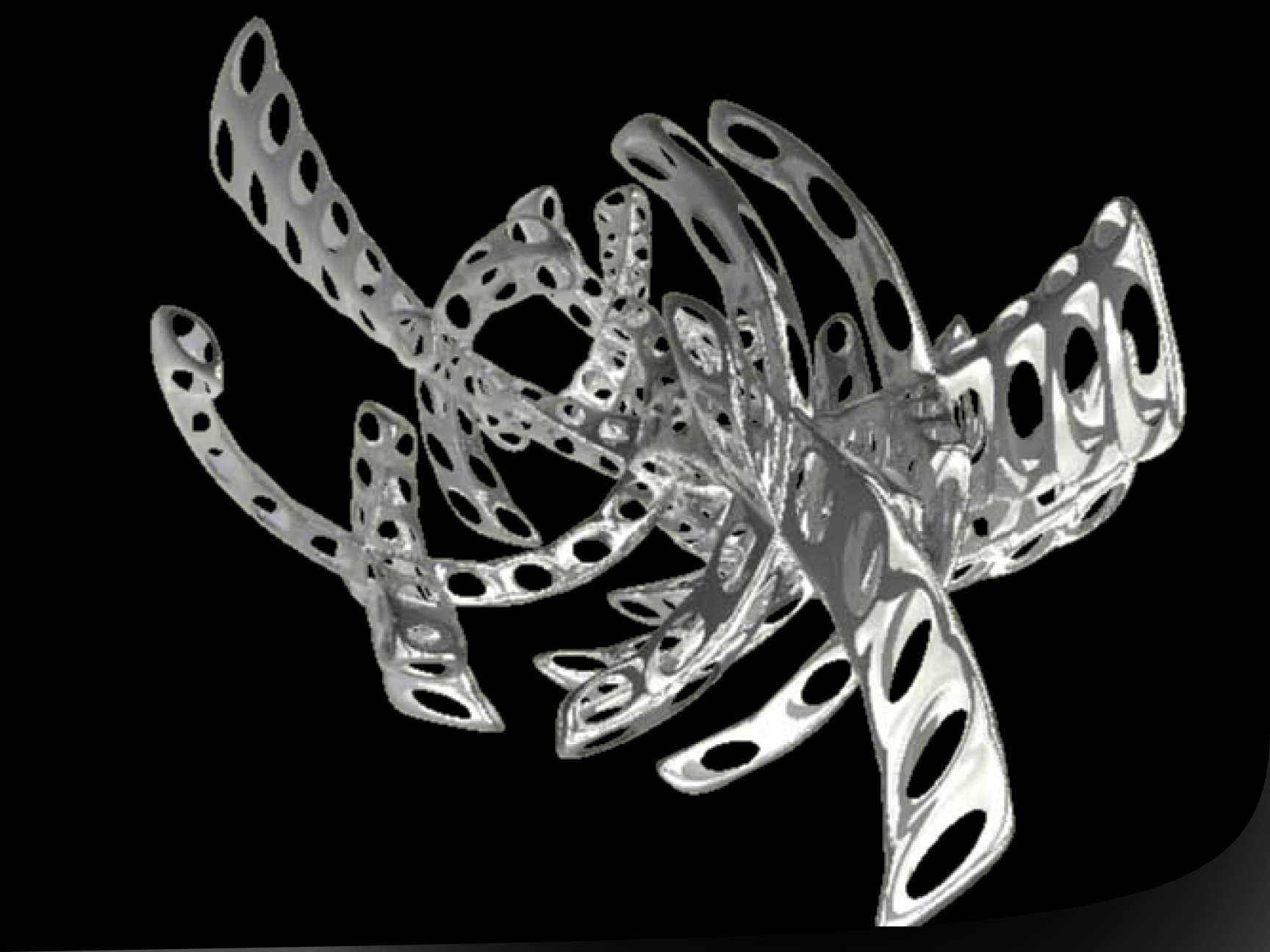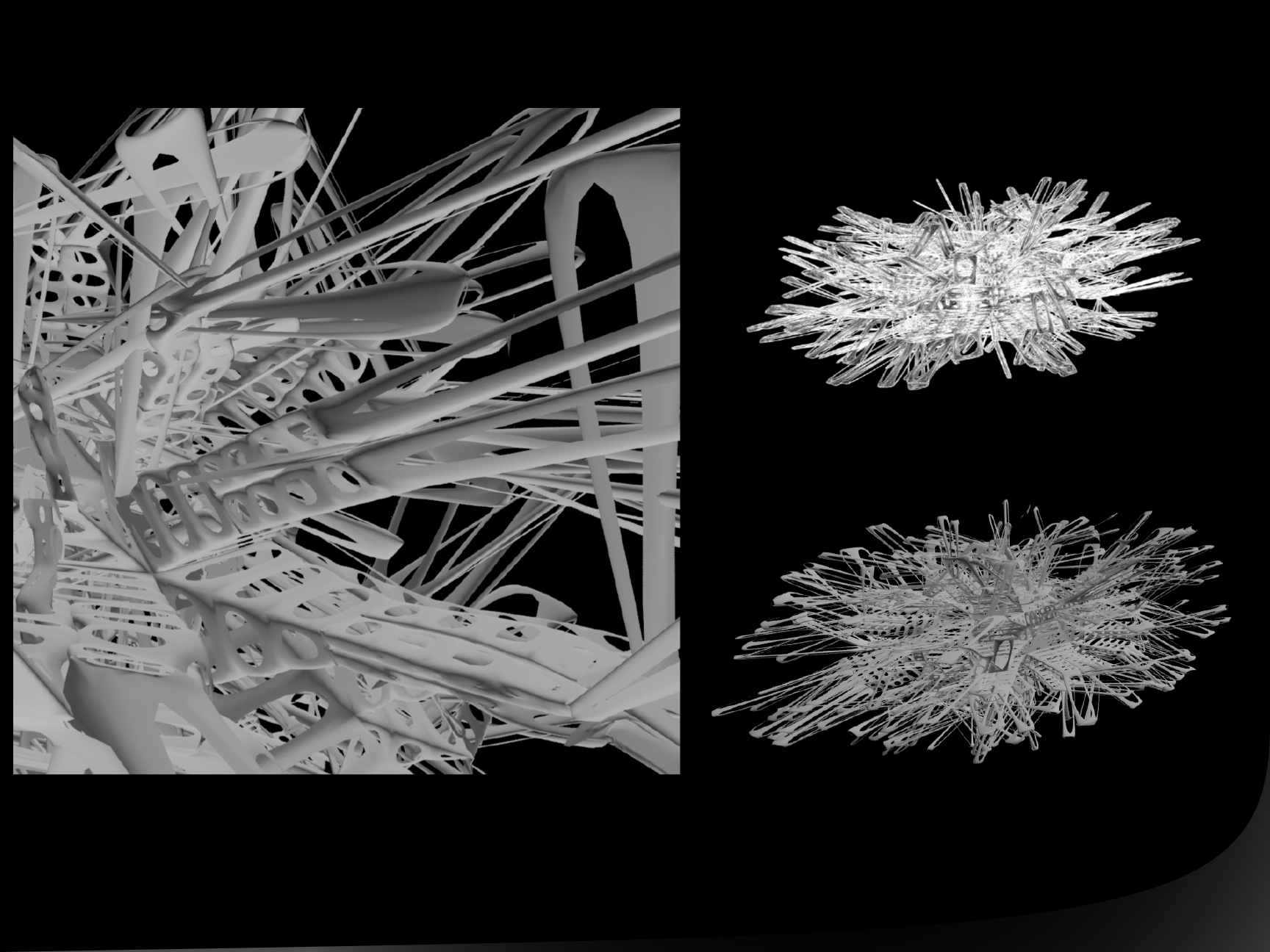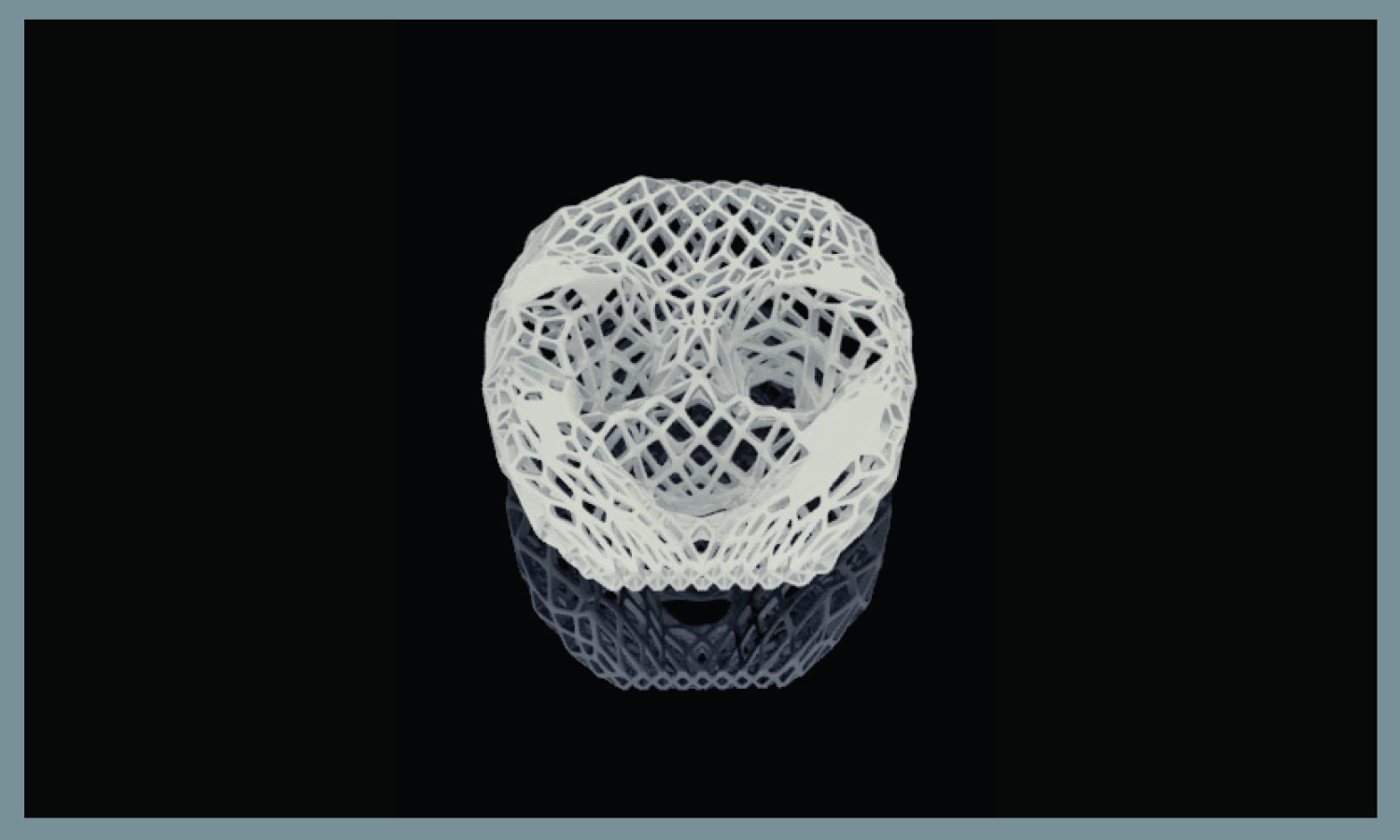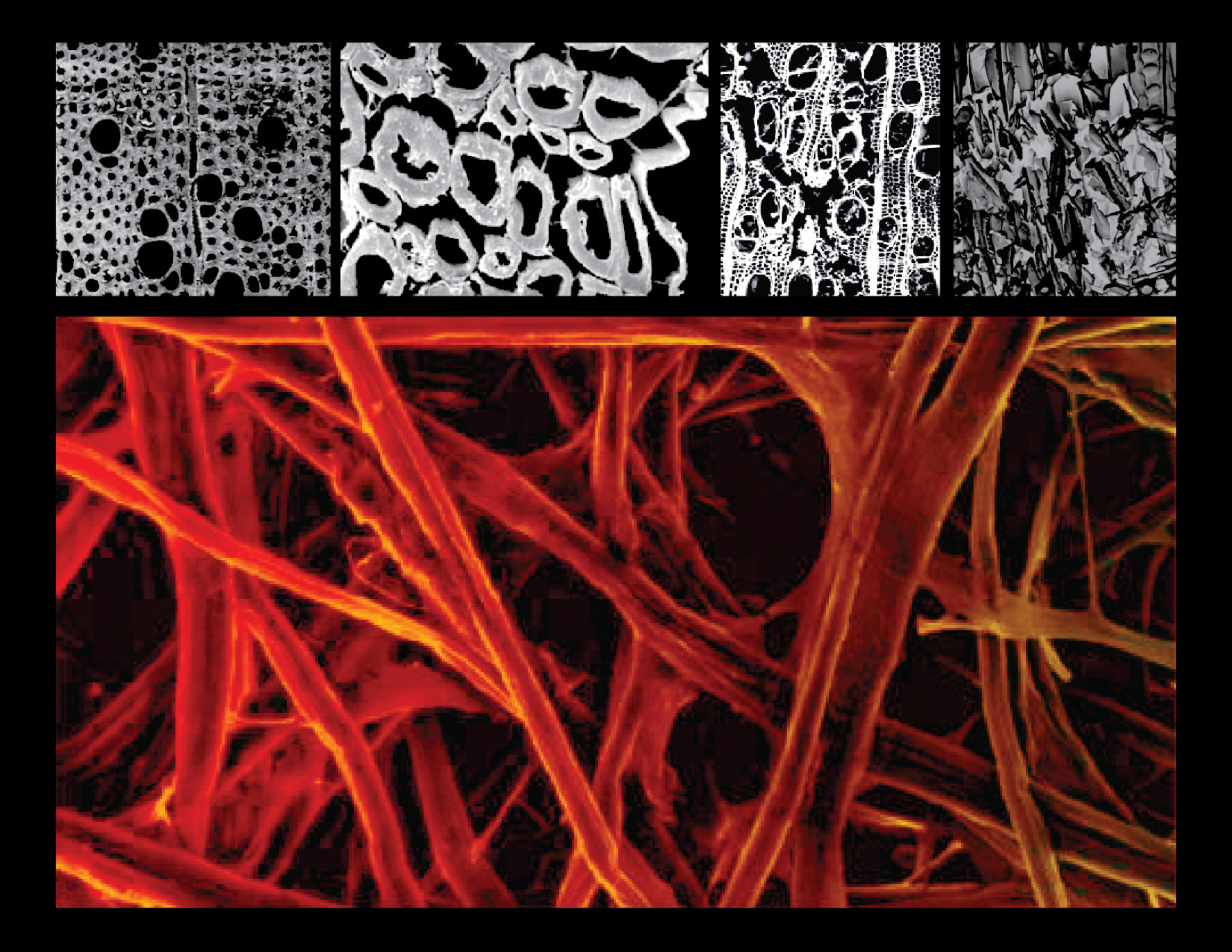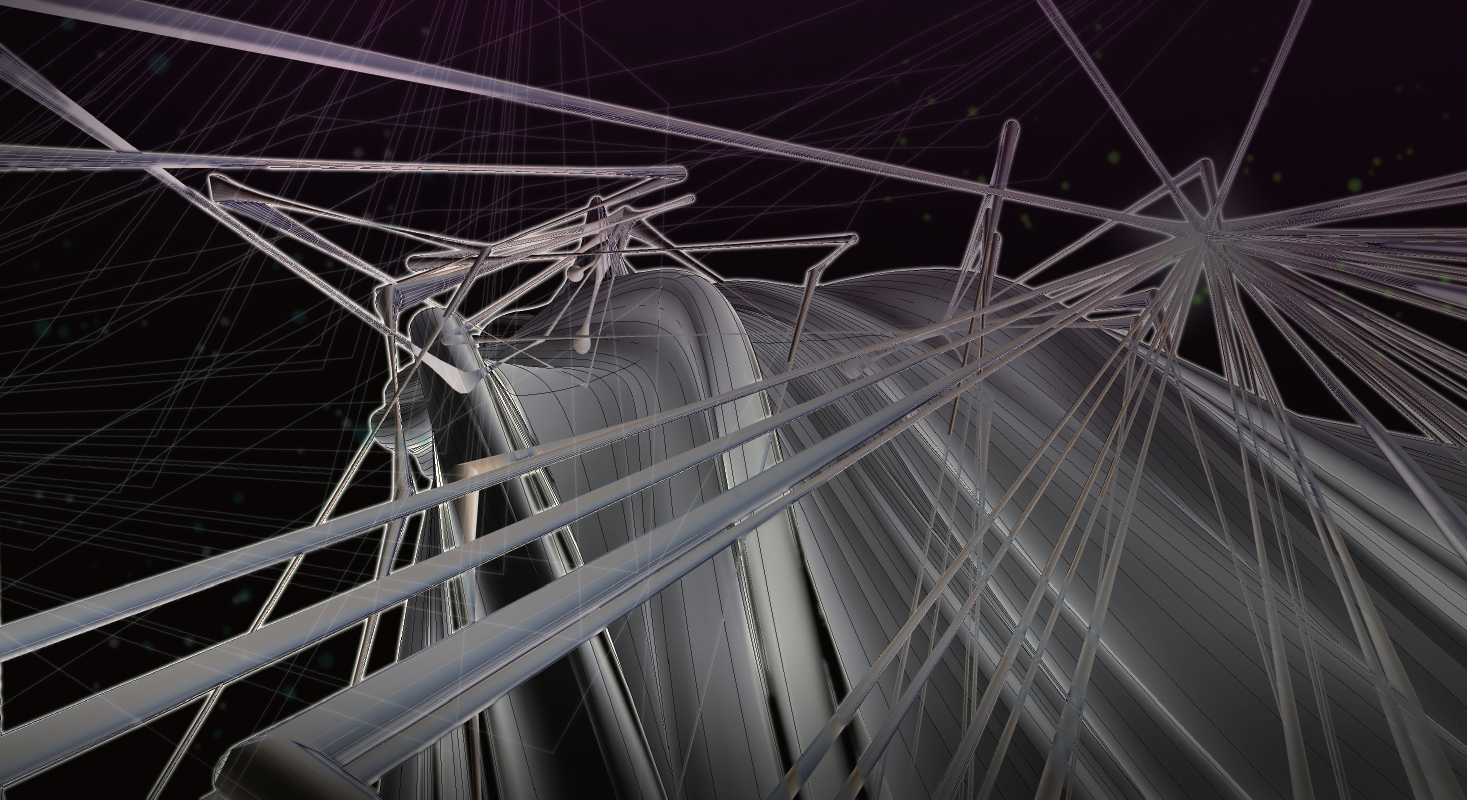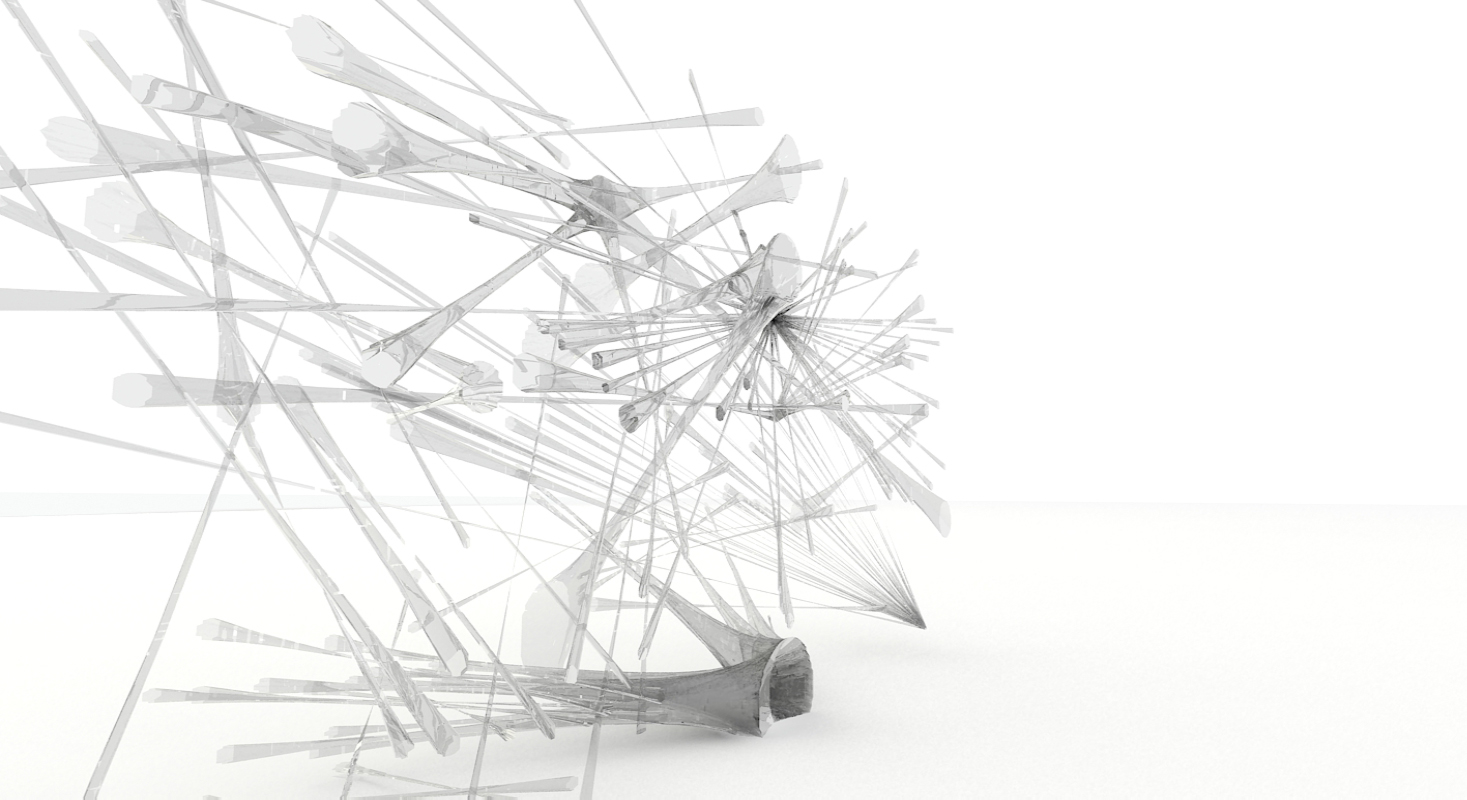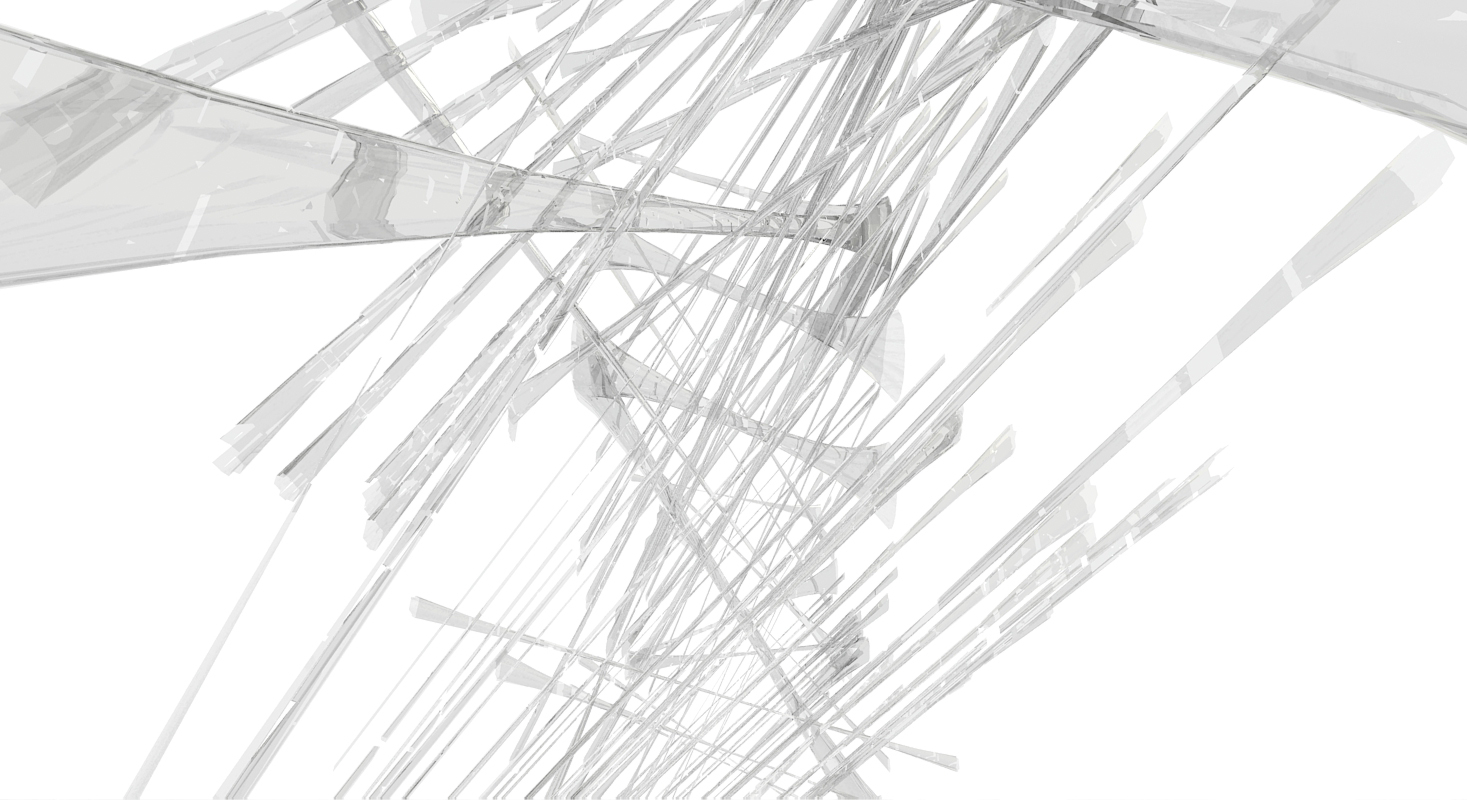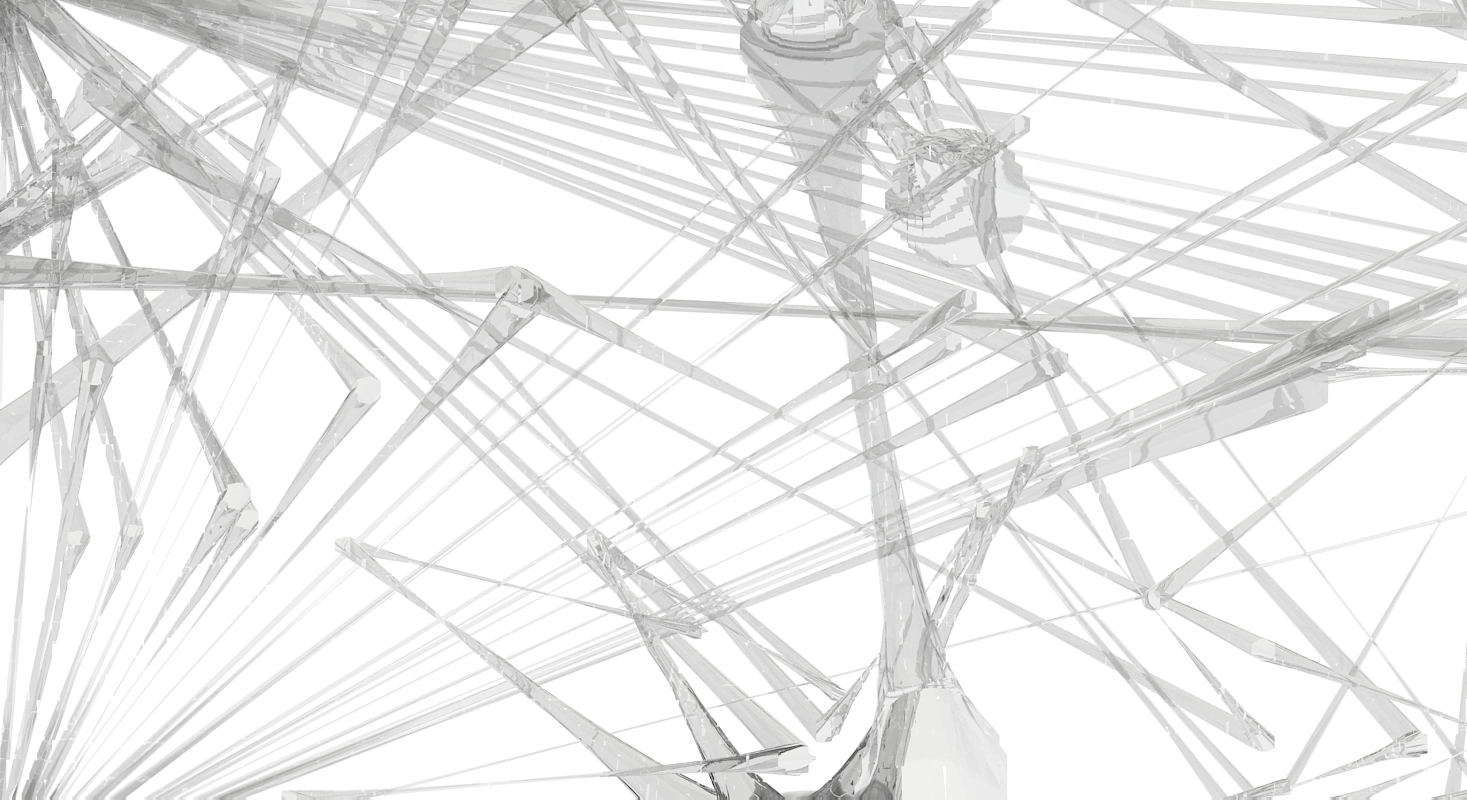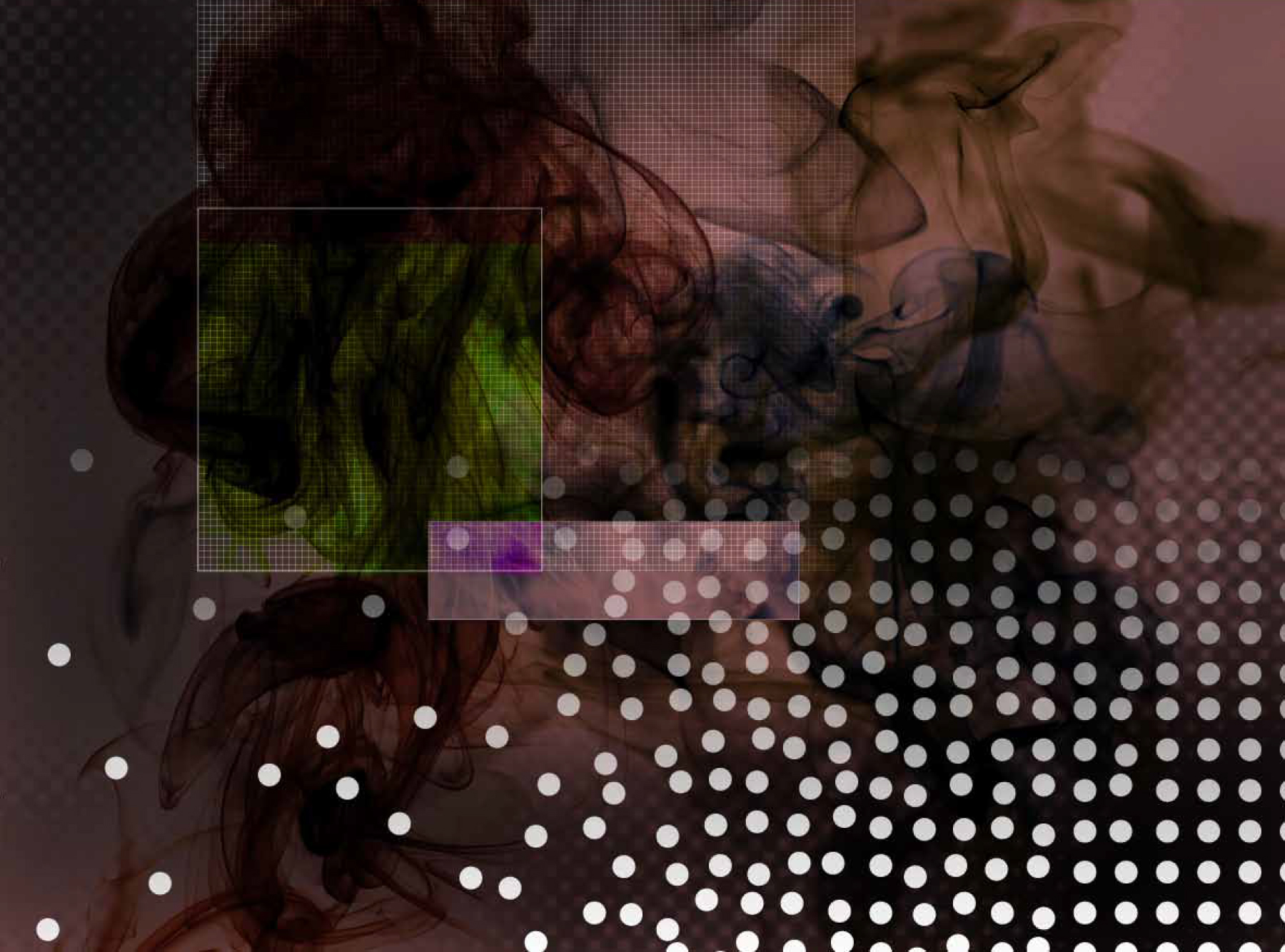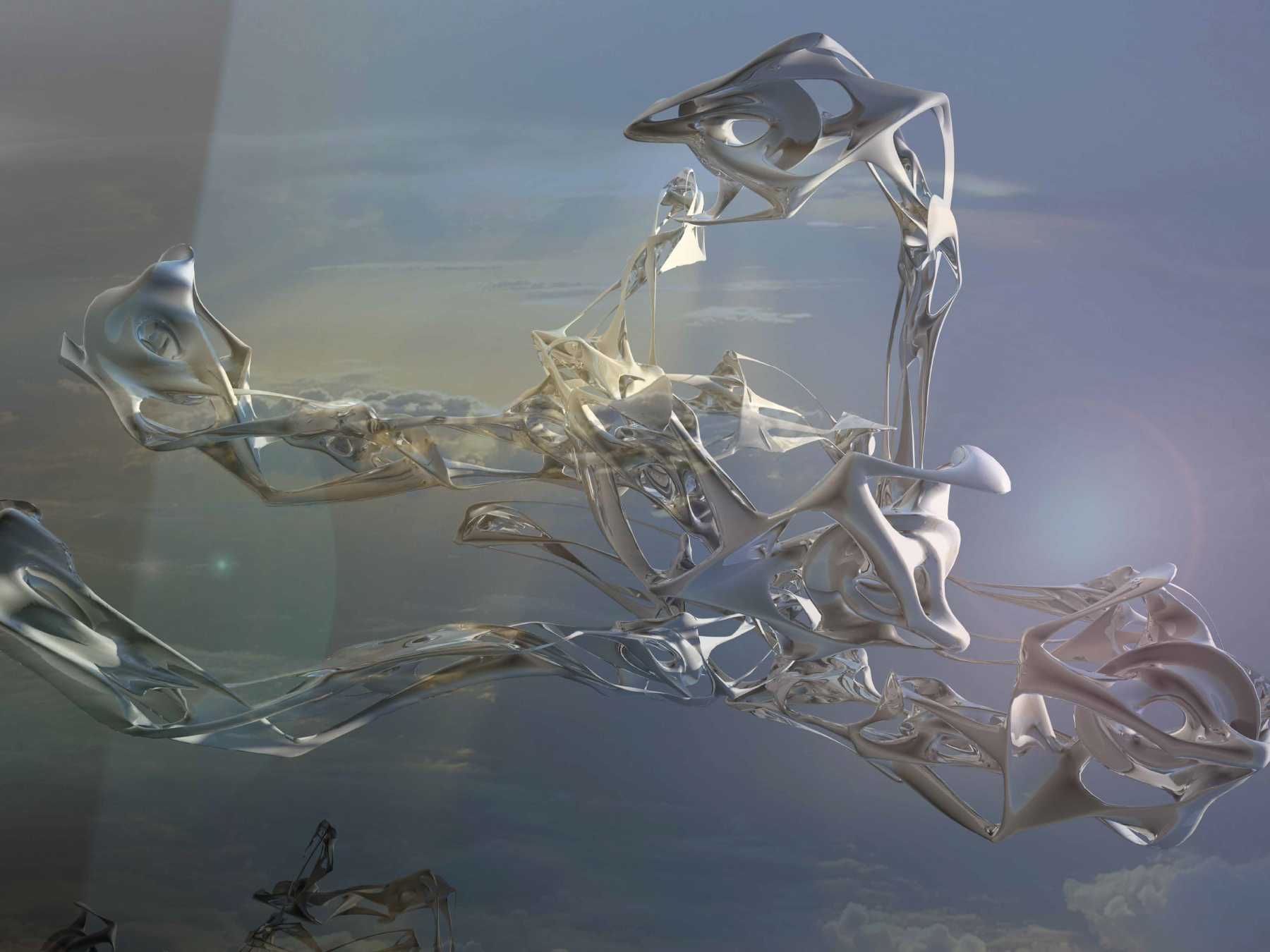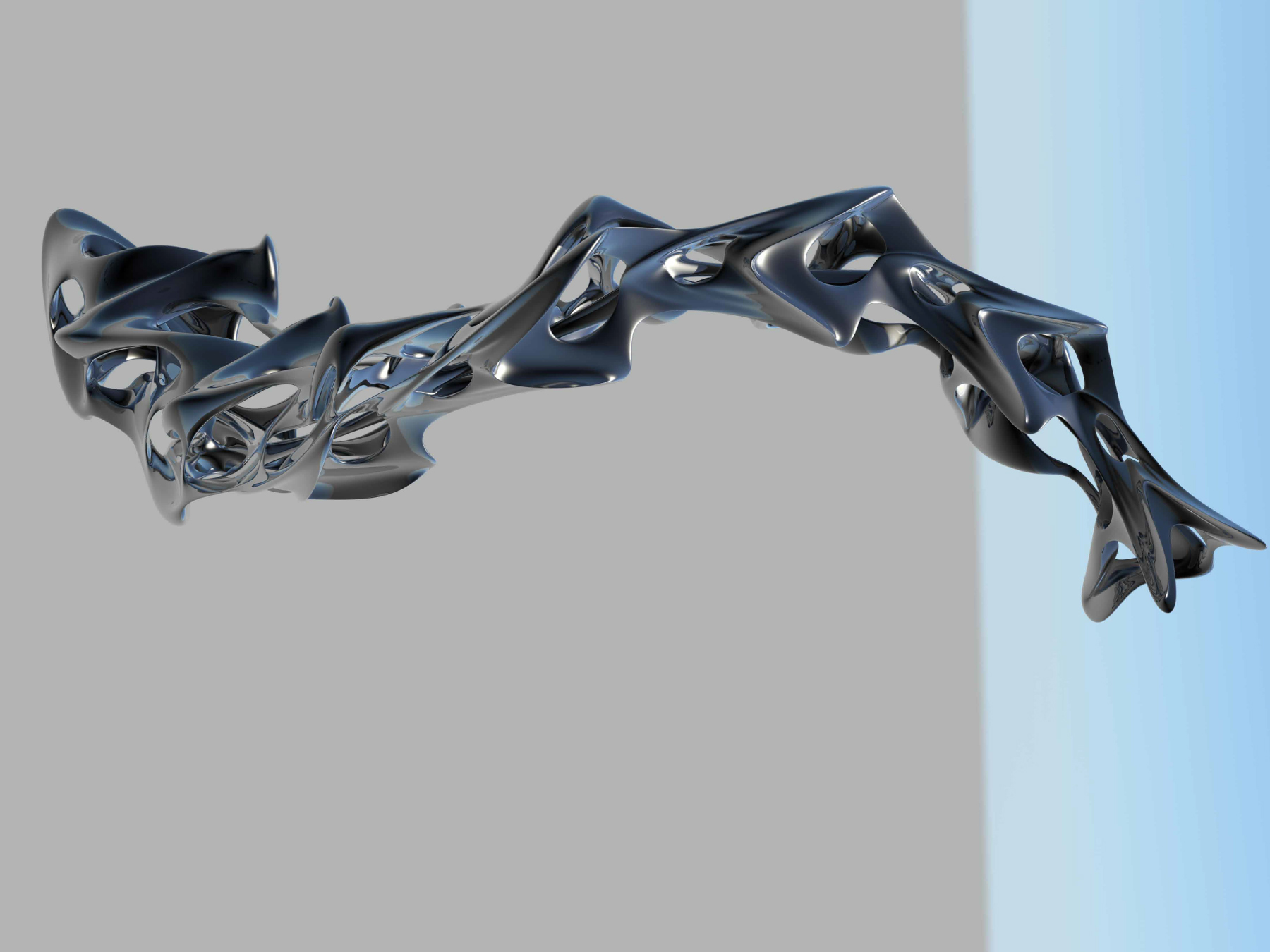Radical Representation [ATP]
through the exploration and investigation of an "event" this course aimed to explore the radical potentials of representation through a series of 2D, 3D, and 4D drawings, renderings, and animations. and what are these "events" that we speak of, these moments, the push and pull of tension, forces, aggregations, assemblages, rotations, compression and expansion but snapshots of the possible, of future worlds not yet dreamed of or of possible matrixes lying on the cusp of possibility. as we embark into the realm of the dreamscape, a parallel yet embodied landscape of forms will emerge before us, translations of the future as moments captured, drawn, formed, molded, synthesized, decapitated and remade, all boiled down into a defined process of emergence.
if you see, christopher baile, california college of the arts, spring 2014
here. divergent landscapes of lossless imagery. shallow replicas of sensual collaborations, waxing and waning in the soft glow of oppression. the lemon of pink is beautiful, but no one exists to comment. apprehensive shadows linger, but never leave the deceit of their kryptonic sheets. angelic shape shifters dance the samba, breaking only to shave curiosity from the knuckles of their formal realities. this world wants to be seen, loved, appreciated by those it has been constructed for. us. the finely manicured. controlled by sight and rewarded by ignorance. the 2-dimensional paradigm eats, spits, and defecates reality, constructing landscapes of sublime falsehood. somewhere between how and now, where and when, here and here; exists salvation. this shallow and narcissistic grid of breathing, speechless life forms that swallows the depth of things, rendering them vestigial to any kind of functional rhetoric. space is a lie. painted on easels of chaos by the carnal hands of bliss. disguised by conception and perception. but accepted by all. space is only noise, if you can see.
expanding fields, lujac desautel, california college of the arts, spring 2014
smoke, sofia damianovich, california college of the arts, spring 2014
thousands of years ago the greeks worshiped their gods with temples and sculptures made of marble, wood or stone, their art prevailed through the centuries and is still present. we can touch these masterpieces, we can study them and photograph them and they continue to be in that perpetual state that is characteristic to solid materials. but what would happen if these sculptures were made of something not so tangible such as smoke. the beauty of it, its constant change would make them more fragile and volatile. imagine this extending outside the world of art and taking over the actual space we live in, houses in which the walls, the floor, the flowers are a mixture of the three states of matter, solid, liquid and gas. the limits of the atmosphere of this world are intangible, the light is ambiguous and the smoke sculptures entice you to appreciate its eternal state of change. Such a world has limits that are perceived with the senses and not solid, spaces become more ephemeral, where light and smoke help create new incredible landscapes. but were does this smoke come from? just like the greek sculptures are a representation of the past to study in the future(now) so is the world we create in the present. they worked with what they had in hand, and such is the case of the smoke city today. what would architecture become if it was not bound by the by the solid infrastructures of the past? smoke is a collection of airborne solid and liquid particles and gases emitted when a material undergoes combustion, together with the quantity of air that is entrained or otherwise mixed into the mass. in the past it was seen as the unwanted by product of fire, but in the present society its seen as an asset. scientists of the new millennium have been able to extract the toxic gases of these emission, making them organic and possible to live with. the city now swirls with smoke of different textures and colors, the densities and temperatures vary currents that didn’t exist before, the smoke particles are capable of carrying water in them so they have replaced the clouds. artists and architects now work with the material that represents the new lifestyle. standing at the 45 floor of a building in what used to be the city of chicago, one can se the rooftops of the city dematerialize in front of your eyes. a smoke cloud moves around and a ray of sunlight filters in, in that thin and immaterial space one can see a thousand particles moving around, clashing against each other creating figures and shadows that adorn their surroundings creating the most beautiful and fleeting sculptures.
tripulante 2.3, enrique justicia-ferrer, california college of the arts, 2014
gustavo has been in a coma since 2010 after suffering a stroke while on stage. Since then he has been under respiratory aid. given that the treatment he is receiving is minimal due to the nature of his “illness”, his family has resorted to playing his music as a means of bringing him back to “reality”. sounds can create and imply textures, spaces and emotions. they have the ability to trigger memories and feelings of the present, as well as transporting people to the past. each sound becomes an opportunity to move to and from these not so distant parallels, providing the traveler with alternate routes and perceptions of space and time. music could be the cure.
nightshades, shawn komlos, california college of the arts, spring 2013
fremont legend tells that mt. timpanogos, an eighteen mile ridge of snowfields and dolomite falling into the high-desert valley below, was formed when an Indian maiden died of grief after her lover was killed in battle; her feet, knees, core, breast, and brow geologically profiled against the blue alpine skies. and what if all the mountains across the west are just that: remnants of lovers quarrels? ranges sitting coldly across quiet valleys, with angst brushing shoulders, colliding in violent ruptures of crags and peaks? then mountain climbers are psychiatrists, scrambling over split and buffed stone, looking for the most rational (maniacal) route to the top, to the clear vista. and photographers are psychics, deciphering new myths out of glass orbs, behind cloaks.
on what ancient histories of mountains, crumbling and epochal, do we tread every day in our cities? and do we even build our own ranges and valleys every night? in a landscape of pillows and blankets, over times fleeting in lucid attention yet eternal in the subconscious, our bodies split and merge in ridges and valleys. we drowsily push and wordlessly negotiate for more acreage, redefine watersheds with tosses and turns, develop microclimates even. a surface of folds and creases is the manifestation of the subconscious and physical forces below.
this soft and shifting landscape may be beyond our daily consciousness, but it is not without its cartographers. autonomous agents, stationed overhead, recursively construct mesh topographies: sense the terrain, convert data to models, asses possibilities, project augmented creations. of course, soft cushions swell to comfort moving bodies and individualized thermo-chemical adjustments ensure optimum rest, but the programmed sensing sentinels infiltrate the unconscious mind as well; charting new trails through the dreamscape and aggregating augmentations to our minds built worlds. bed-scape becomes landscape, becomes dreamscape. as we make nightly explorations into this new terrain,the short-wired circuits and schizophrenic interfaces of our digital sentinels are no longer simply pesky electronic hiccups. they are a direct feed into the aberrant abstractions and network of thoughts, emergent in our pliable and lucid dreaming minds.
shadow traceries, alex woodhouse, california college of the arts, spring 2013
animated sequences are often difficult to convey in a single, static image. movement, intensity, and speed are terms associated more strongly with the animate than static, abilities showcased in the production and viewing of visually recorded events. shadow traceries is an investigation into the decoding and re-representation of these events, compressing time-based input into a finite, visualized moment.
initially, data is extracted from a video source—either as existing media or via a live webcam stream. successive frames are sampled, extracting synthesized data from the sequence of images (most simply image brightness). data is compiled and progressively layered, allowing linear trajectories to emerge. these circuitous networks describe both the intensity of movement for a given pixel over time as well as the greater motion of the frame as a whole. the frame no longer describes a moment but a duration, informing the viewer of what it is that video seeks to provide: animate change.
how do we float away, max sanchez, california college of the arts, spring 2013
a soap bubble is a very thin layer or film that encloses a sphere like volume. the surface of a soap bubble is called a minimal surface. a minimal surface is when something assumes the shape of the least surface area possible containing a given volume. a soap bubble has equal pressure on both the inside and outside. this balance allows the bubble to form its curvature. when two bubbles merge, they adopt a shape which makes the sum of their surface areas as small as possible, compatible with the volume of air each bubble encloses. if the bubbles are of equal size, their common wall is flat. else, their common wall bulges into the larger bubble, since the smaller one has a higher internal pressure than the larger one, as predicted by the young–laplace equation. at a point where three or more bubbles meet, they sort themselves out so that only three bubble walls meet along a line. since the surface tension is the same in each of the three surfaces, the three angles between them must be equal to 120°. this is the most efficient choice, again, which is also the reason why the cells of a beehive have the same 120° angle and form hexagons. only four bubble walls can meet at a point, with the lines where triplets of bubble walls meet separated by cos−1(−1/3) 109.47°. all these rules, known as Plateau's laws, determine how a foam is built from bubbles.
dynamic fluids, matt boeddiker, california college of the arts, spring 2013
when all is left but pure order, individual elements have no sense of independent agency. they act only as prescribed. yet within this system of rules and regulations, there is a secret understanding of possibilities that go beyond any set of laws. a dichotomous relationship between rules and freedom shed light on an inherent logic of choice and uniqueness. as opposing forces collide their realities become mixed, convoluted, complex, and difficult to discern. for a brief moment, it is hard to tell the difference between the two. as time passes the polar forces lay calm on top of each other, separate; but together and confused, not sure what to do. slowly the two gradually lose their freedom and revert back to what they have only known their entire life. they ease away from each other, slowly picking up their belongings. yet the two have created something new and different, they will forever have parts of each other. something original has formed, and that something will continue to change and transform. the laws that have kept these two apart were tested and will continue to be tested until they will realize that the laws that control them can change.
turbulence, cong zhao, uc berkeley, spring 2012
fly reaction, flori kryethi, california college of the arts, spring 2012
thunder cloud, chungeun kim, uc berkeley, spring 2012
random walking, yuchen lai, uc berkeley, spring 2012
vine growth, jeremy luebker, california college of the arts, spring 2012
emotion, jeeeun han, uc berkeley, spring 2012
wood deterioration, leif estrada, california college of the arts, spring 2012
water drop, soomin kang, uc berkeley, spring 2012
phase change, sam slater, california college of the arts. spring 2012
a collection of student work from [radical representation: all tomorrow's parties] courses taught at California College of the Arts in the Architecture Department in the Spring of 2012-2014 as well as at The University of California, Berkeley in the Architecture Department, Spring 2012.
through the exploration and investigation of an "event" this course aimed to explore the radical potentials of representation through a series of 2D, 3D, and 4D drawings, renderings, and animations. and what are these "events" that we speak of, these moments, the push and pull of tension, forces, aggregations, assemblages, rotations, compression and expansion but snapshots of the possible, of future worlds not yet dreamed of or of possible matrixes lying on the cusp of possibility. as we embark into the realm of the dreamscape, a parallel yet embodied landscape of forms will emerge before us, translations of the future as moments captured, drawn, formed, molded, synthesized, decapitated and remade, all boiled down into a defined process of emergence.
with today’s advances in the abilities of modeling tools, architectural representation and design have radically shifted in both their conception and execution. for architecture is both informed by and through these specific tools. this advanced course is organized as an amalgamation of architectural objectives and representational techniques that weave together the 2D, 3D, and 4D universes that we encounter today.



